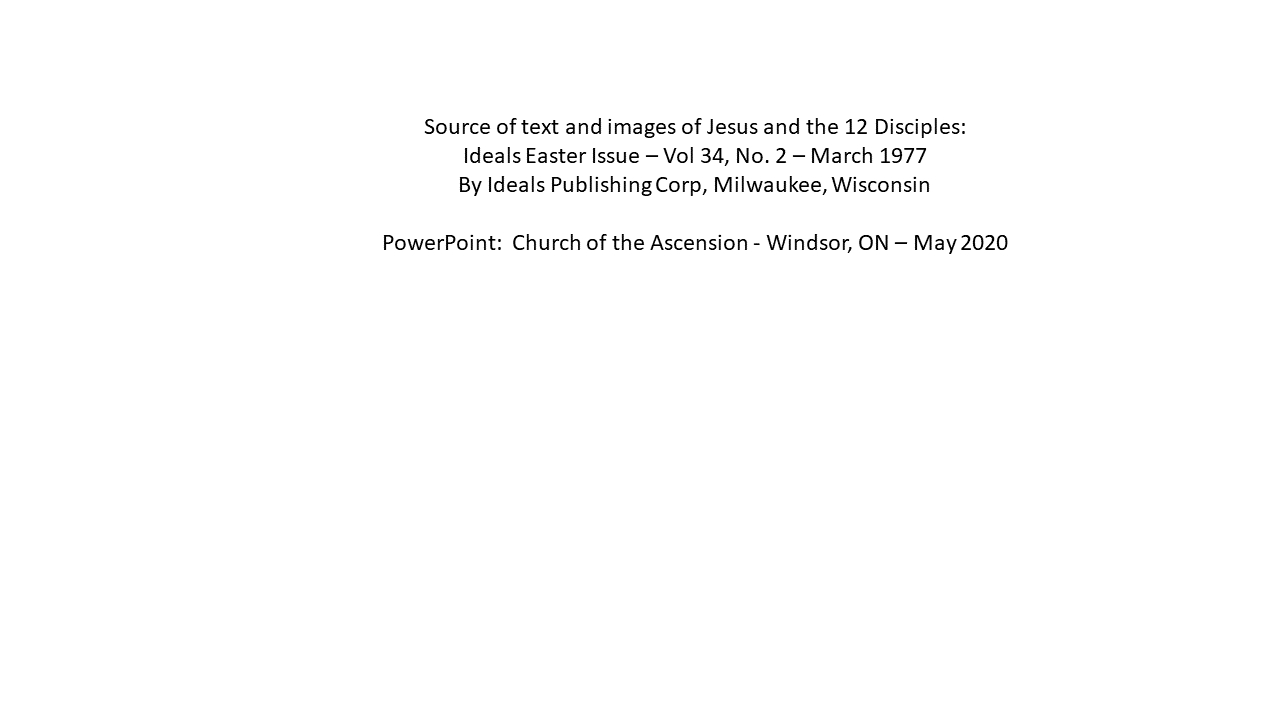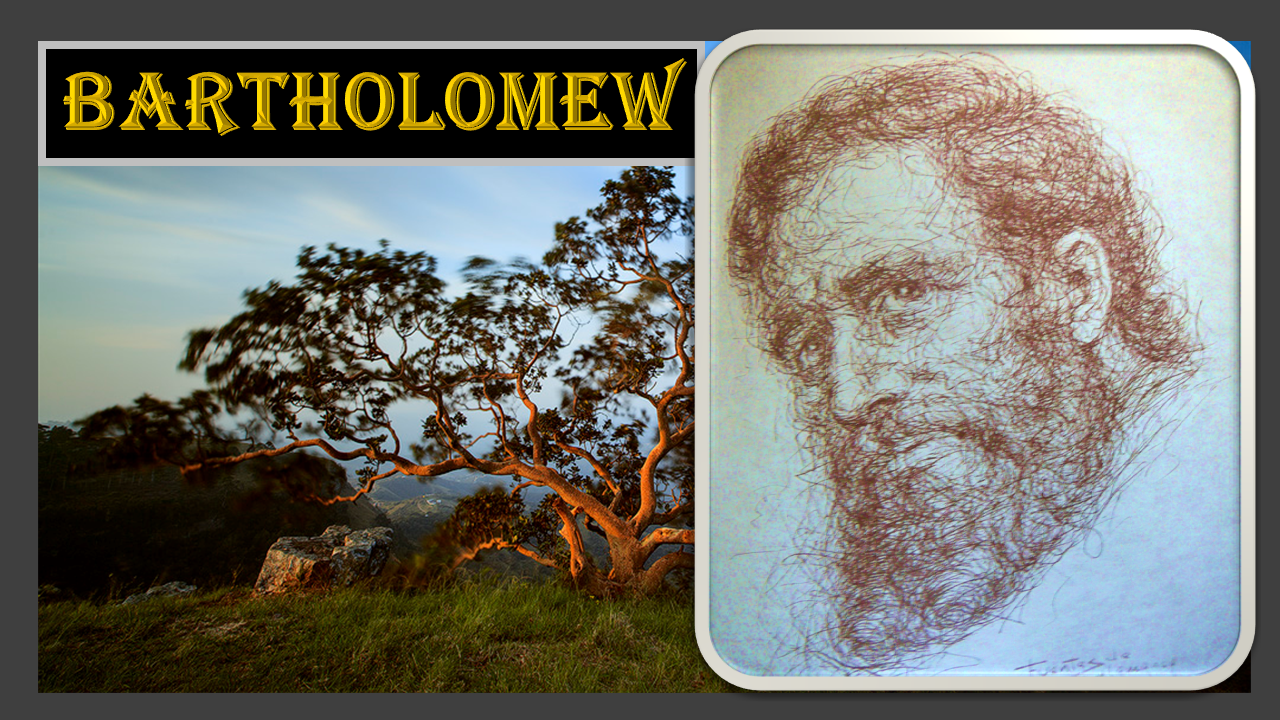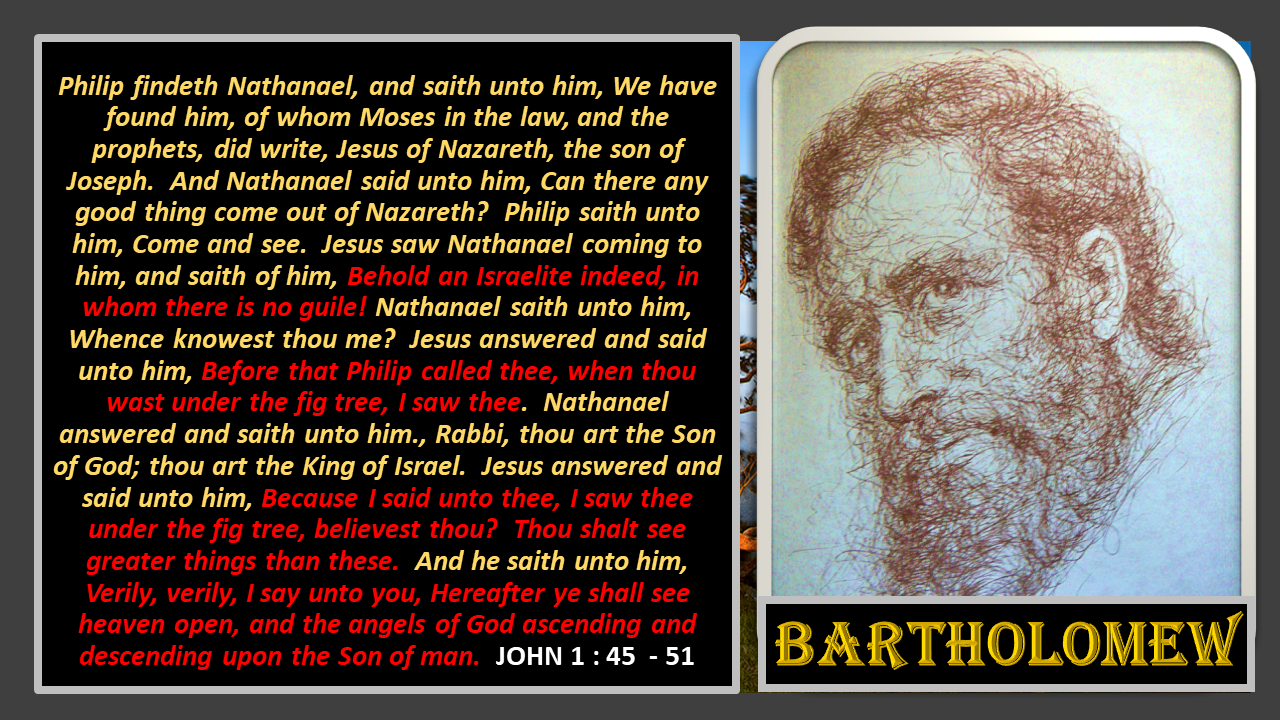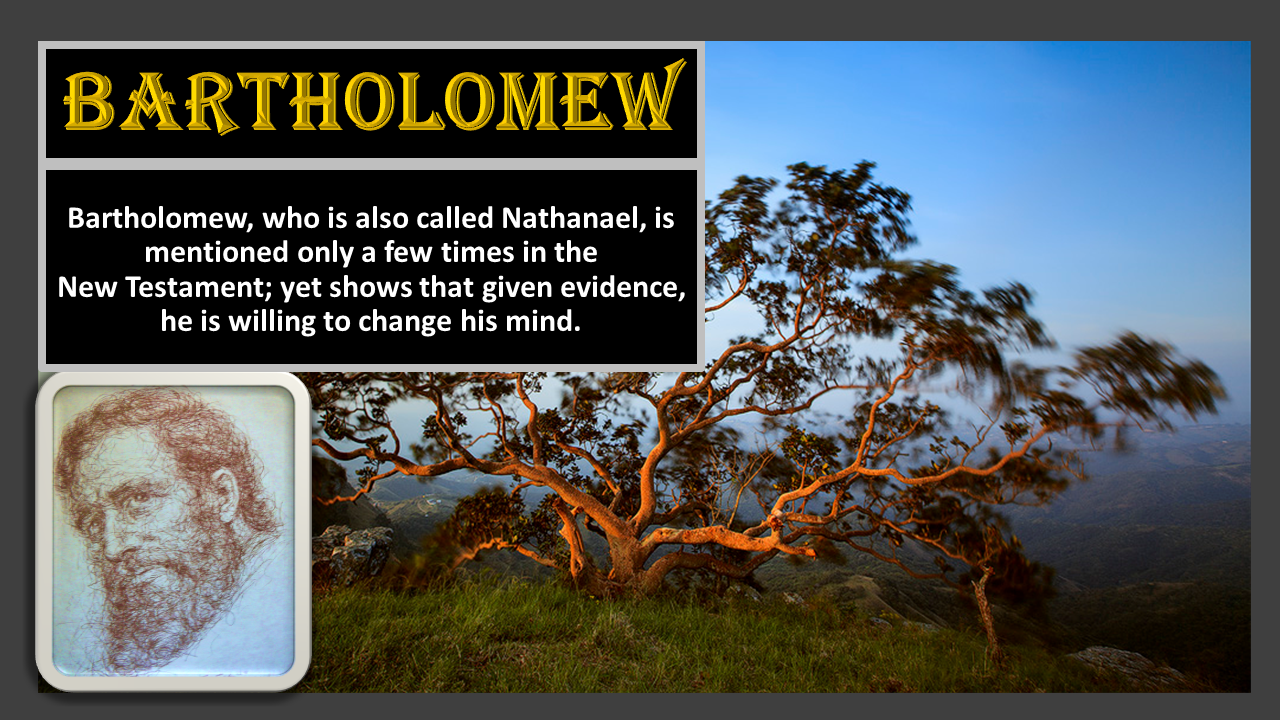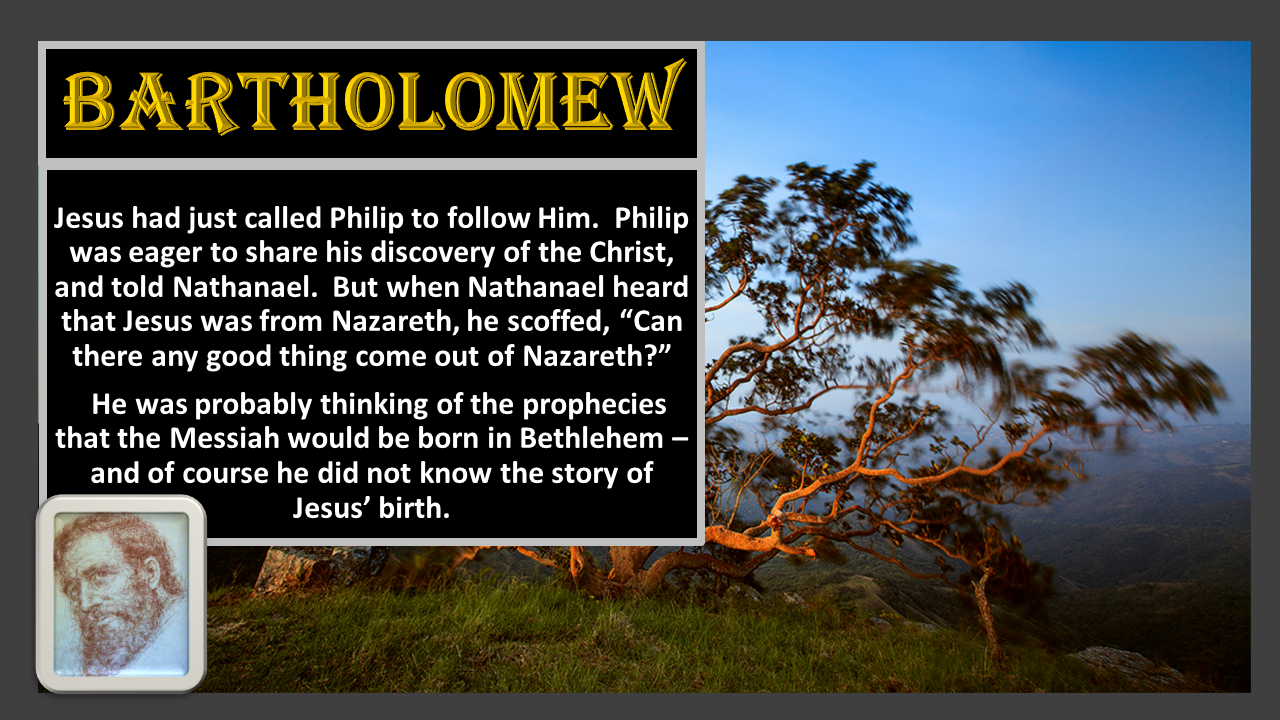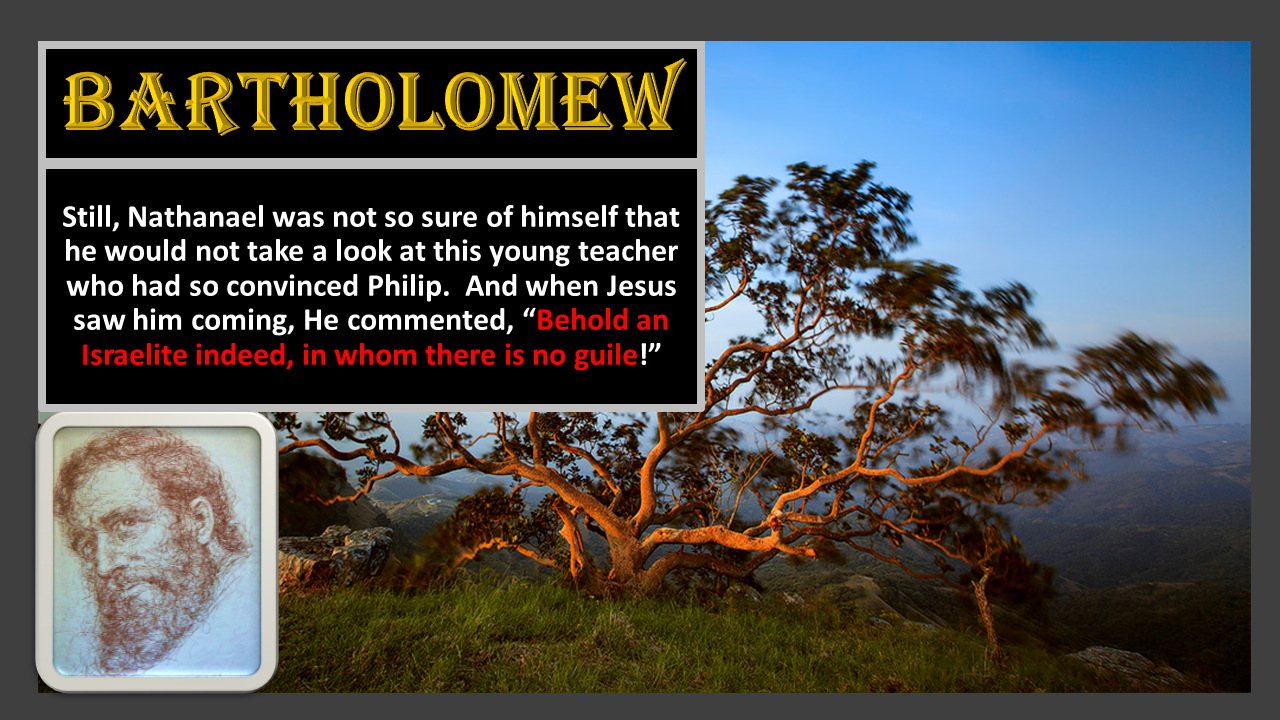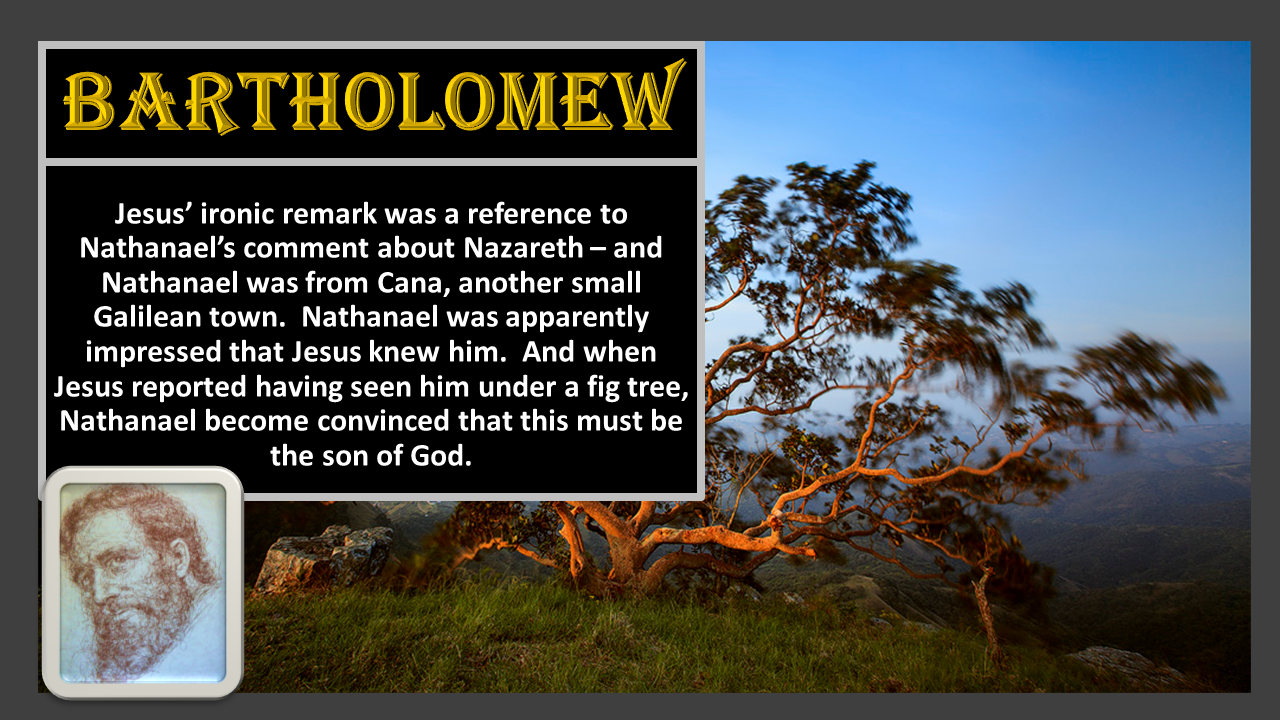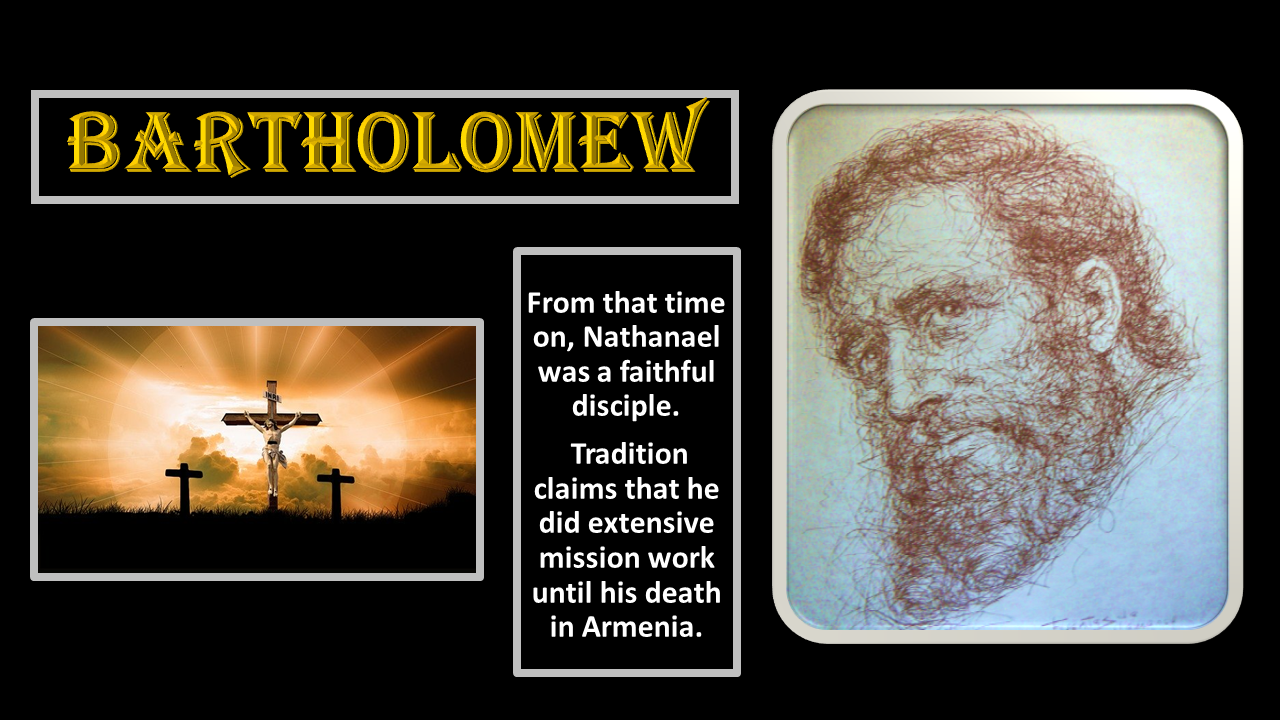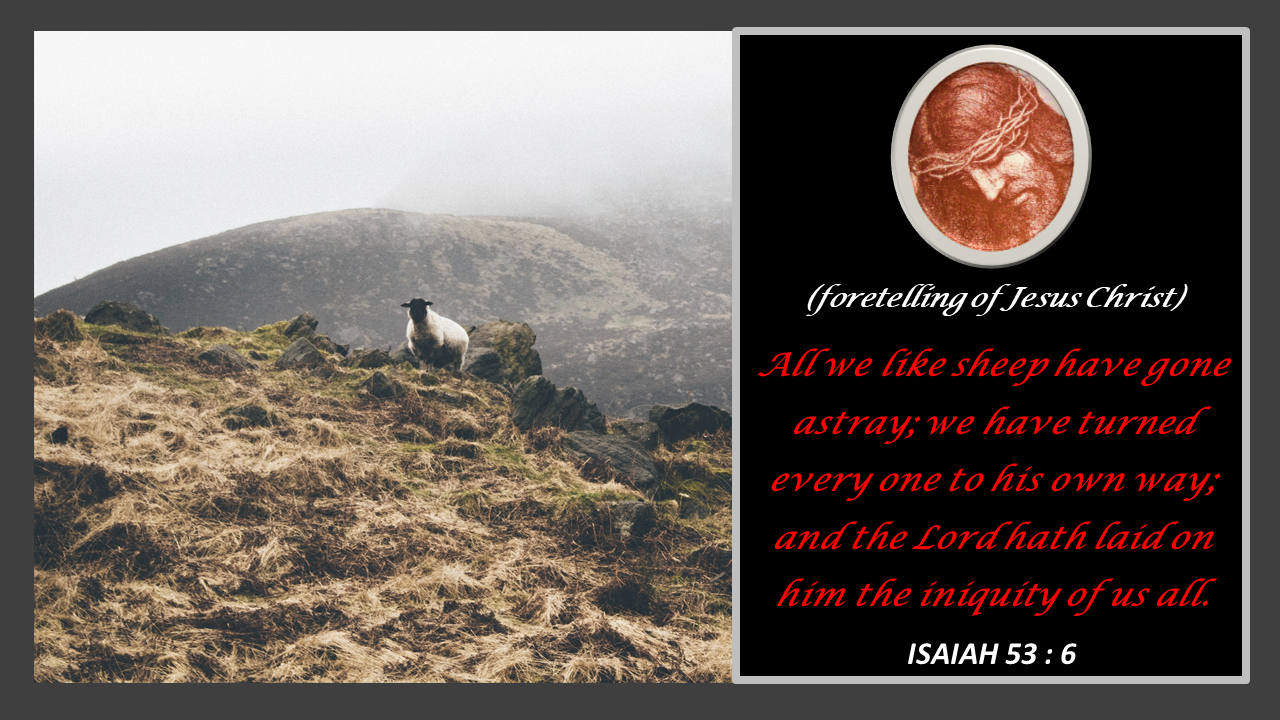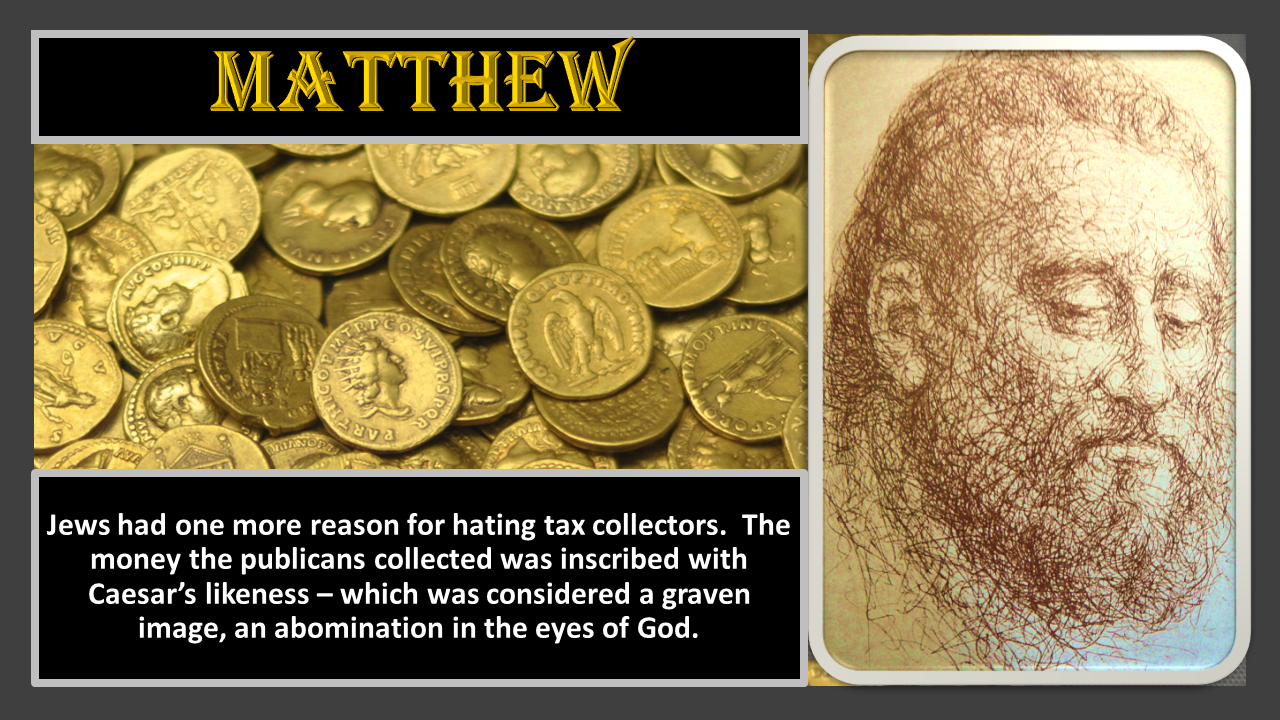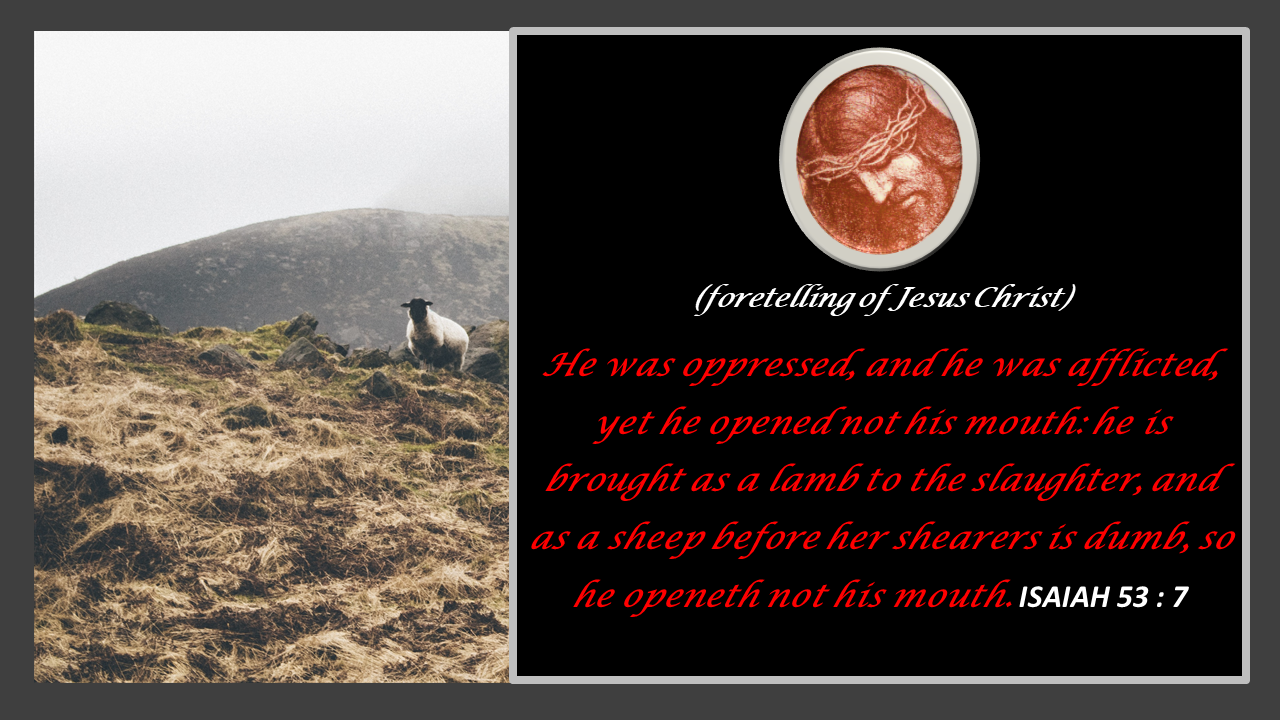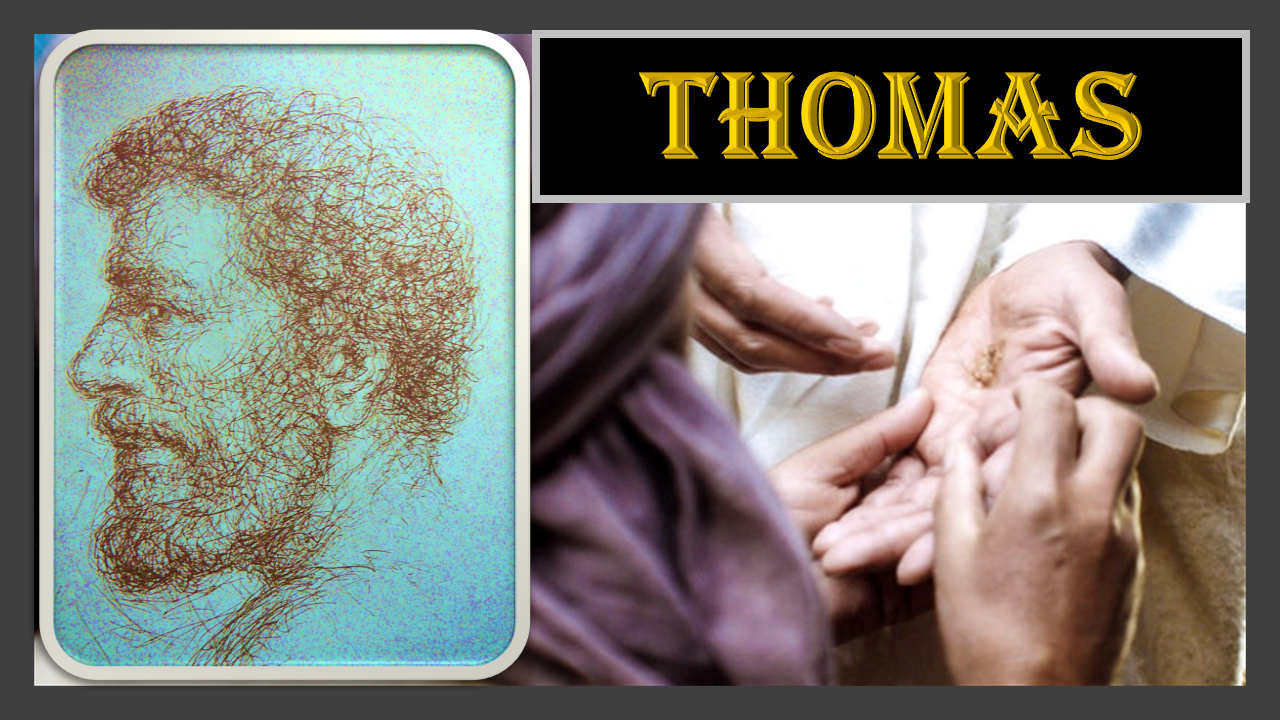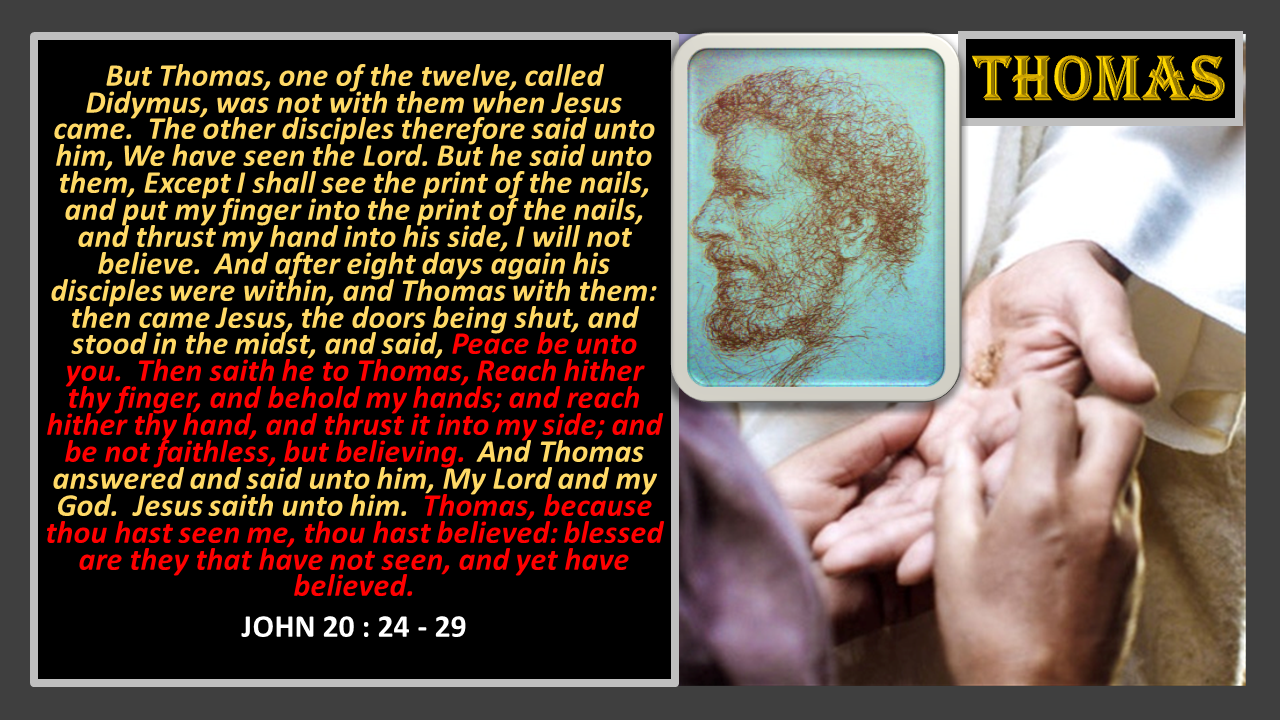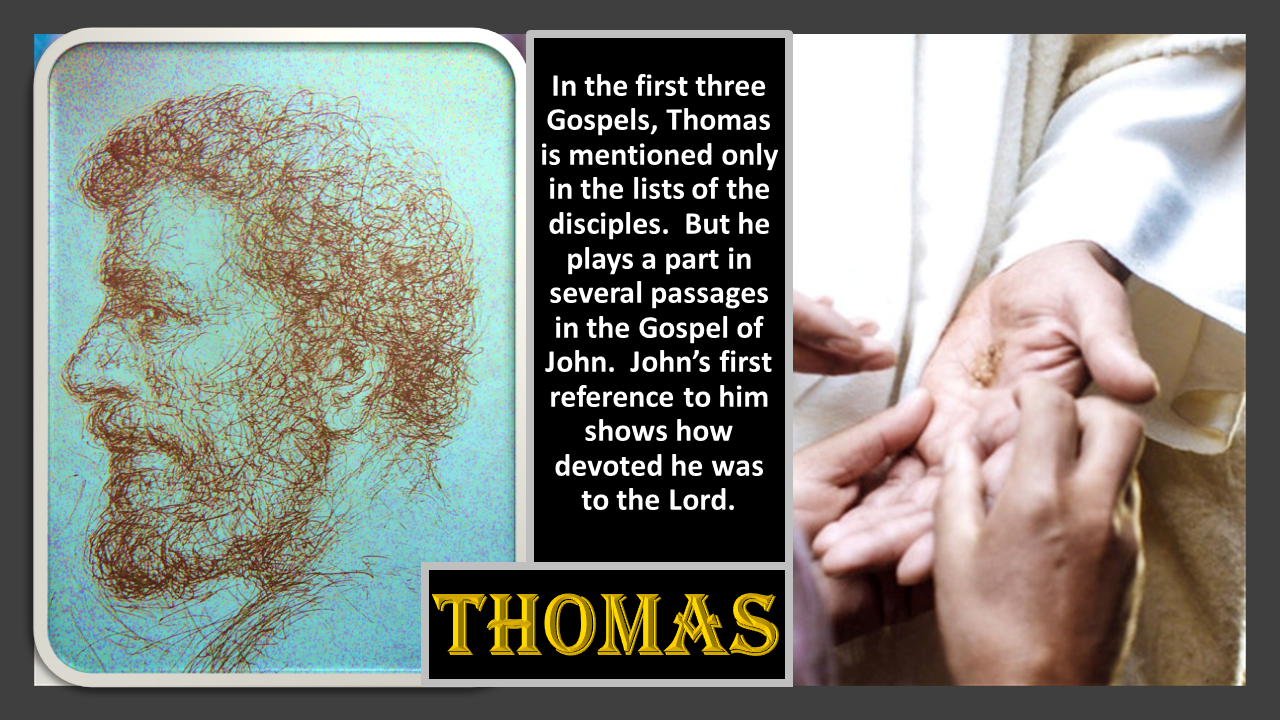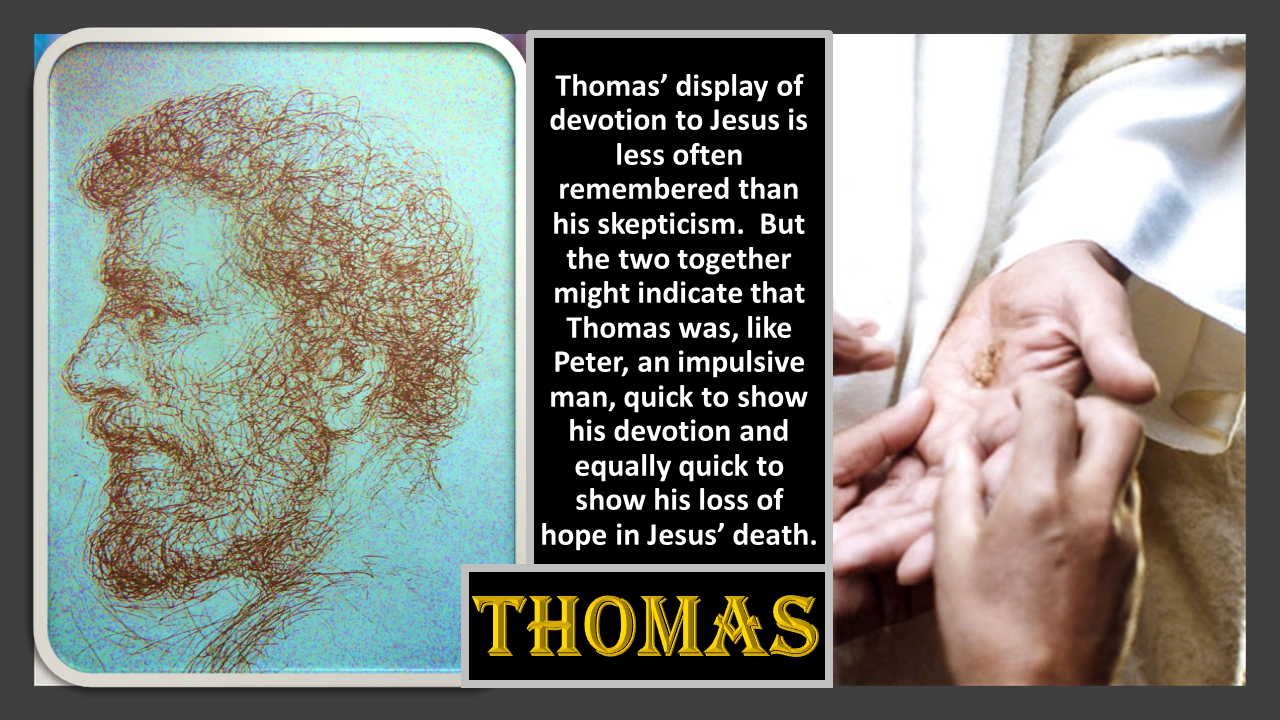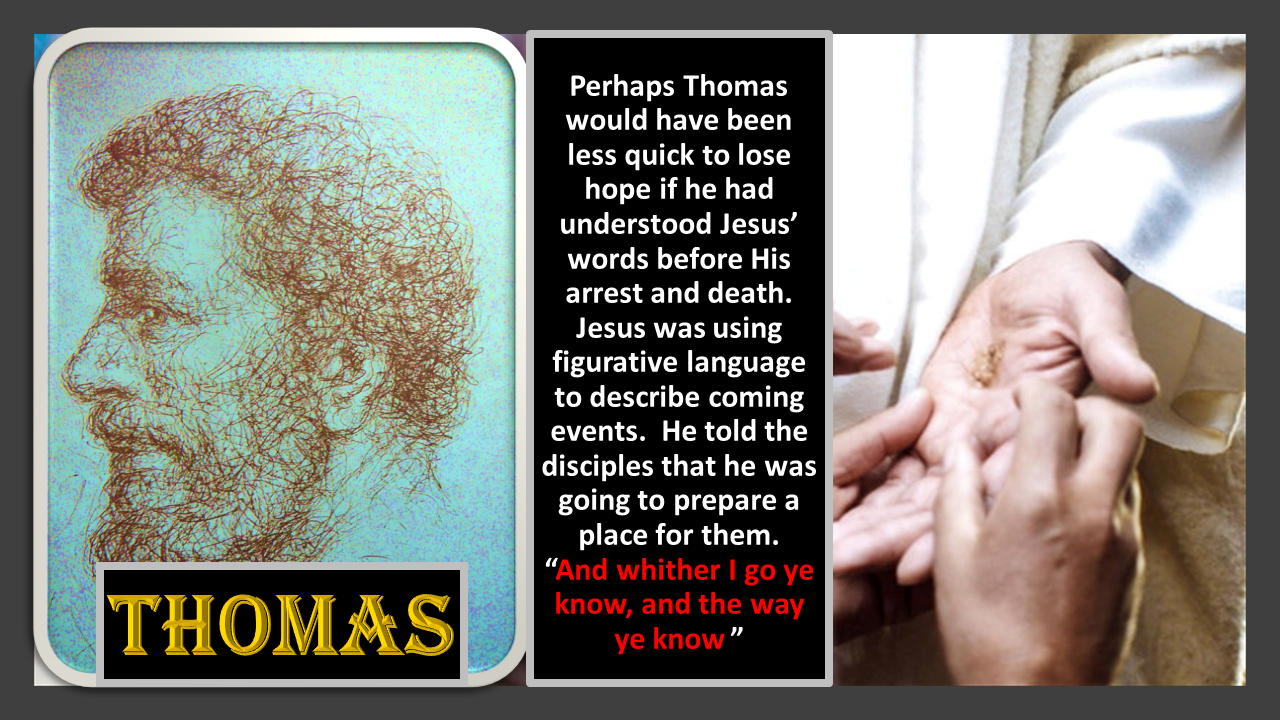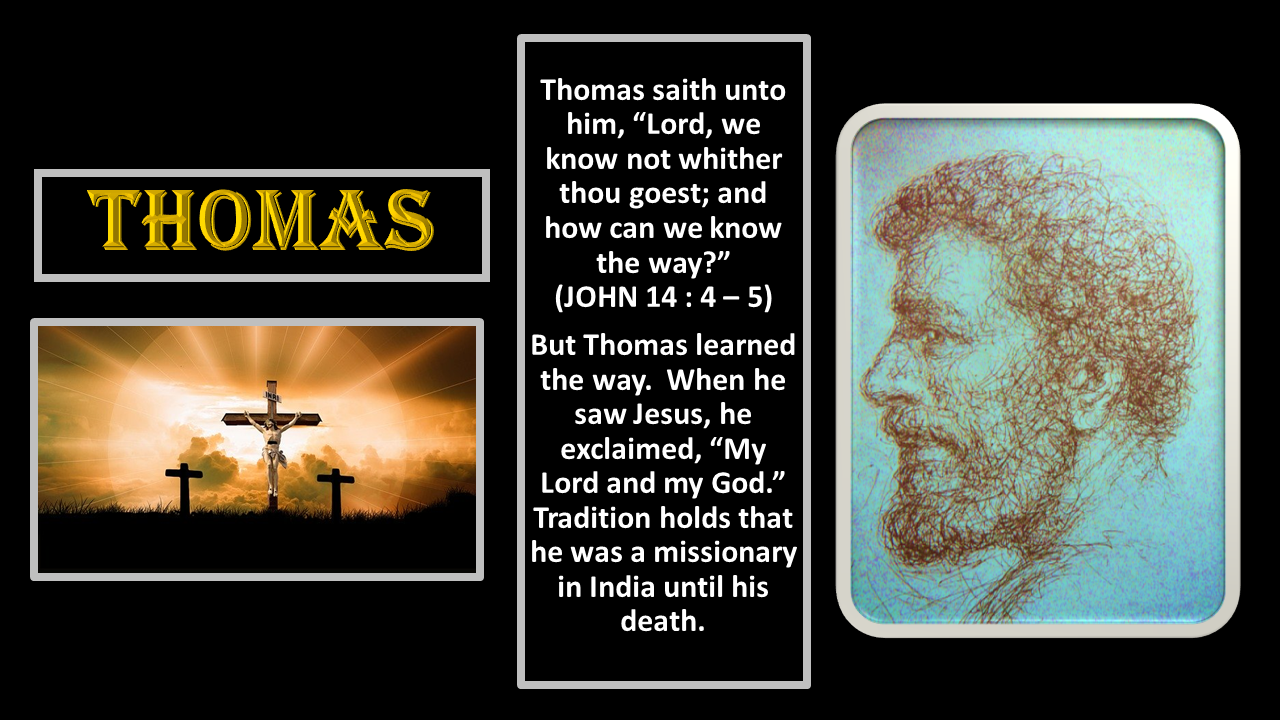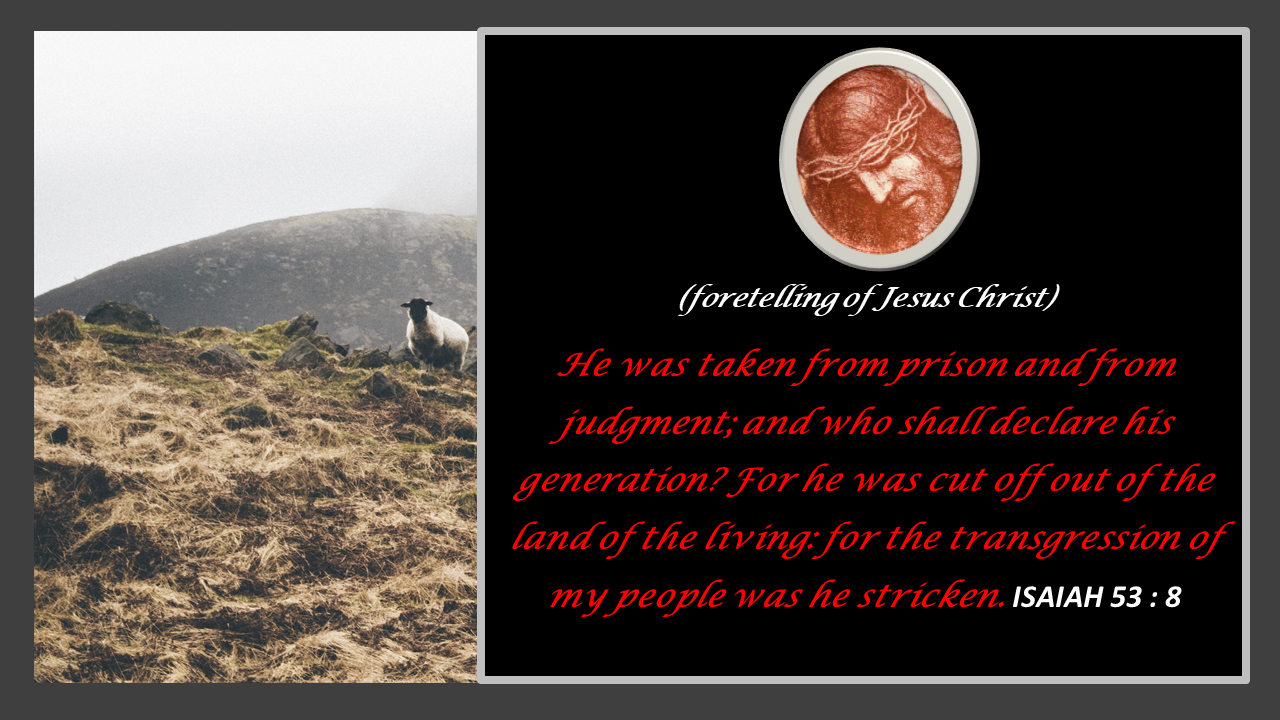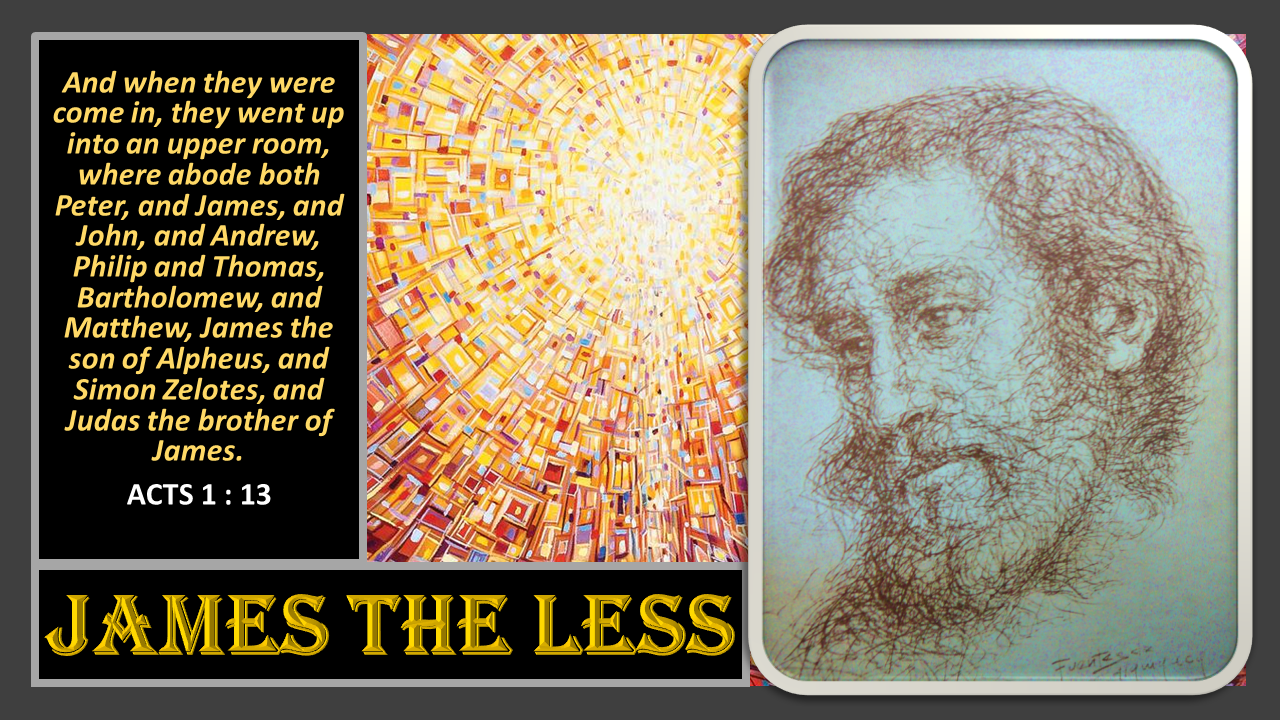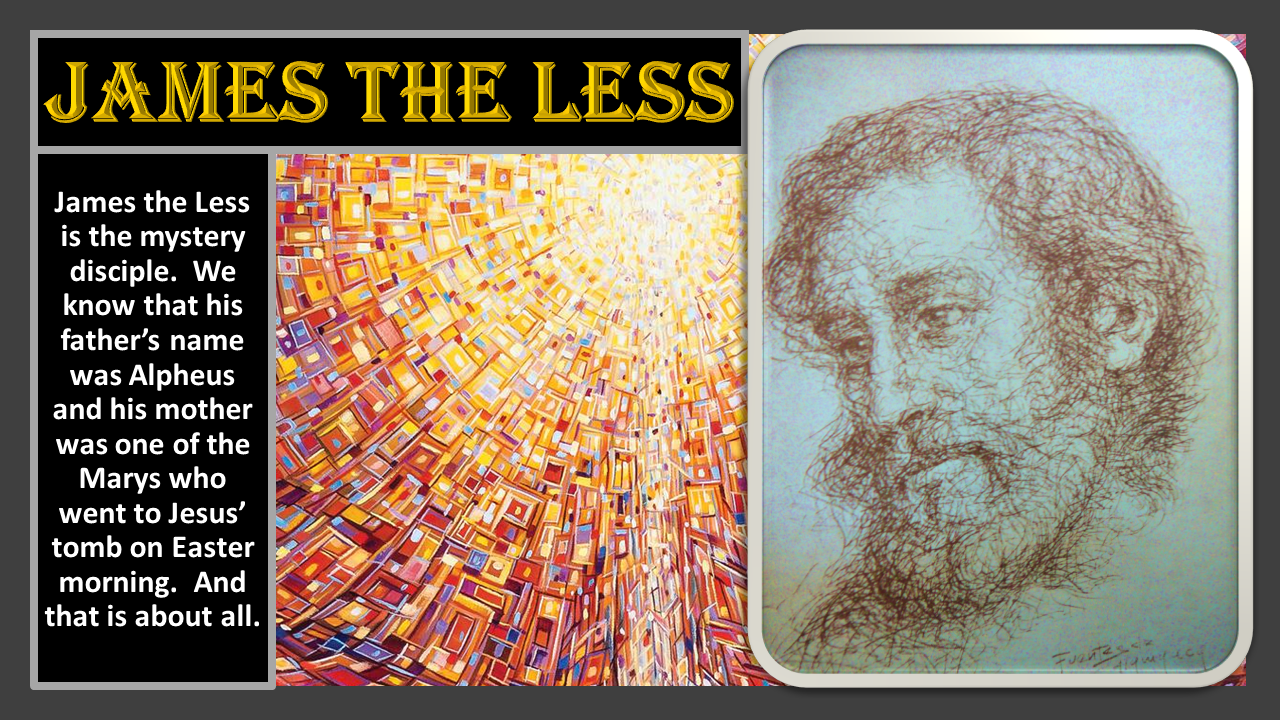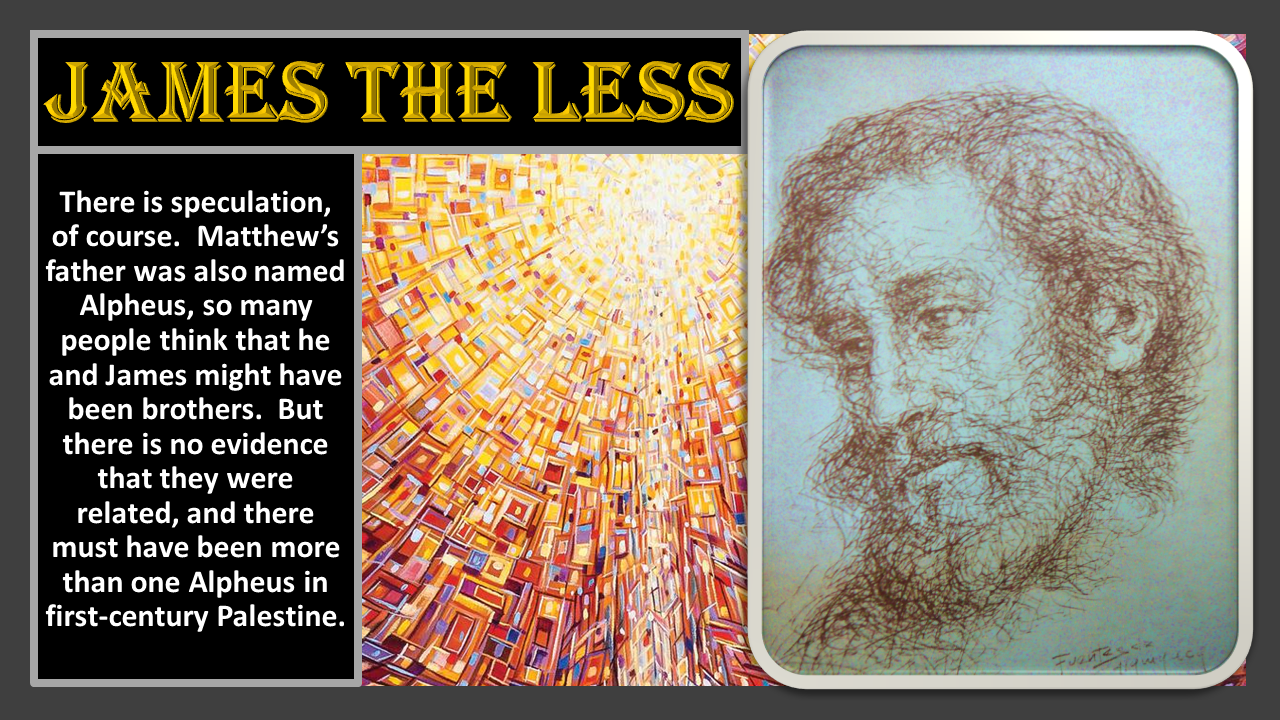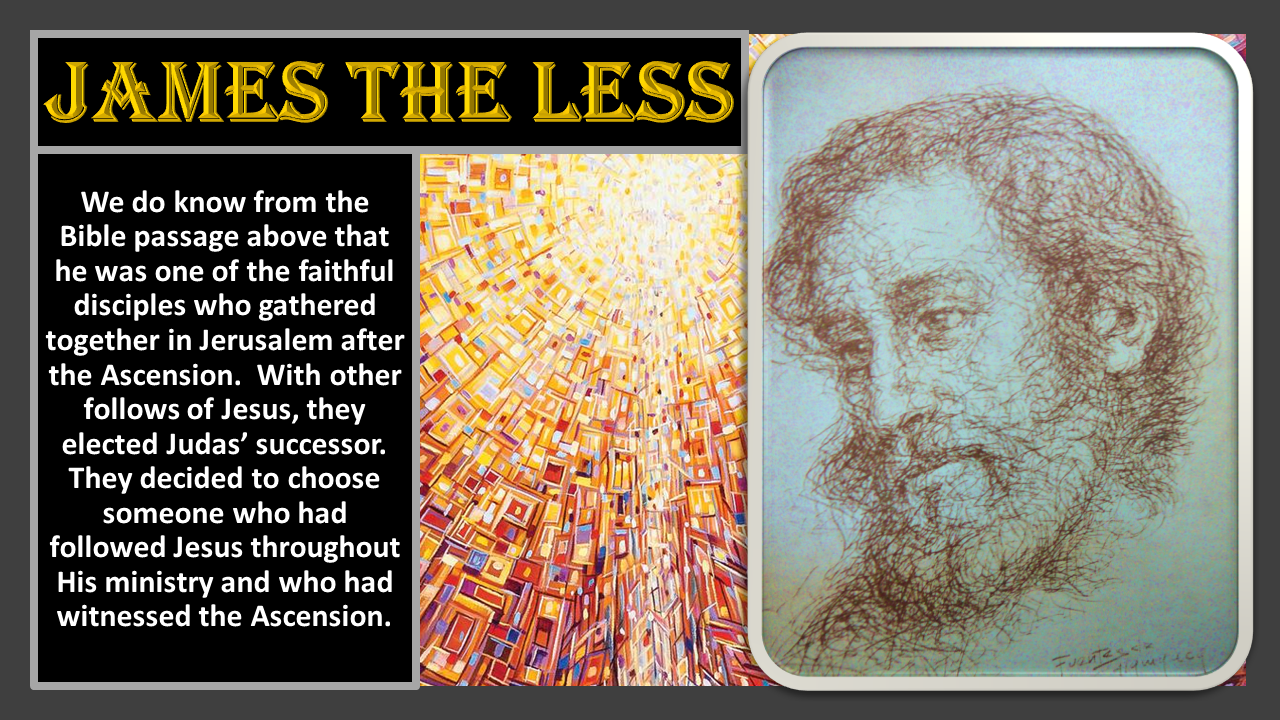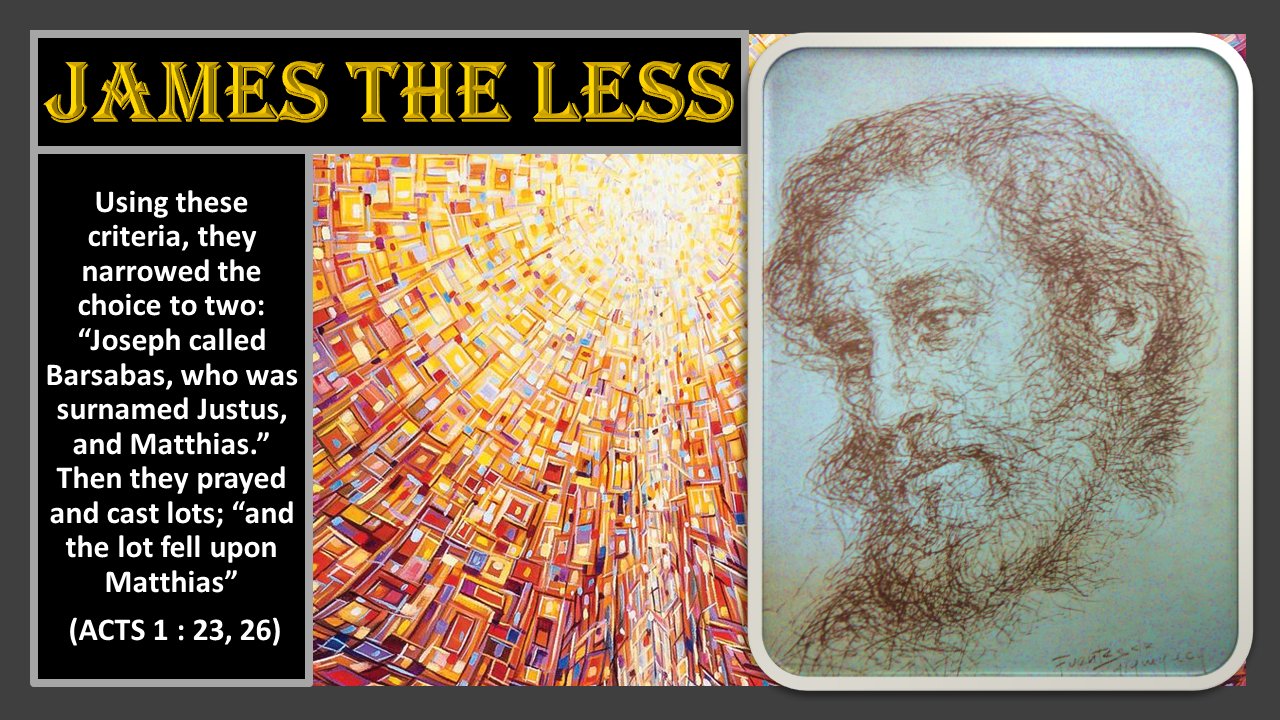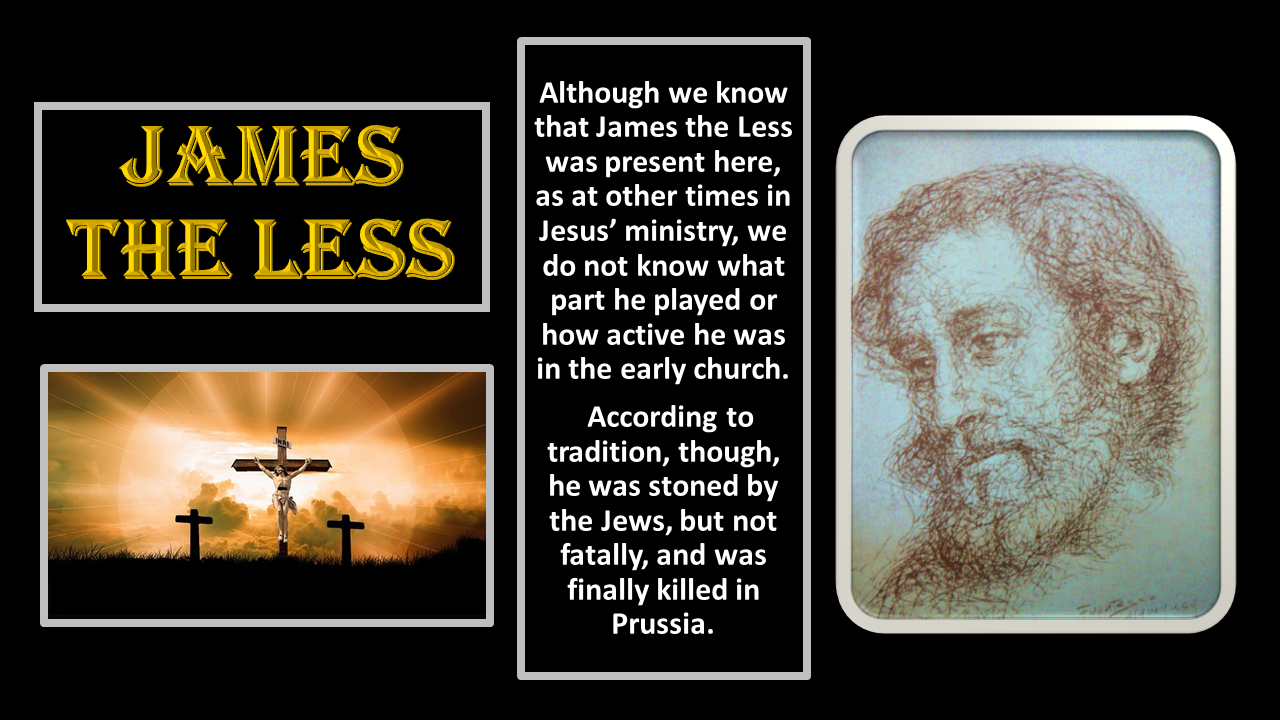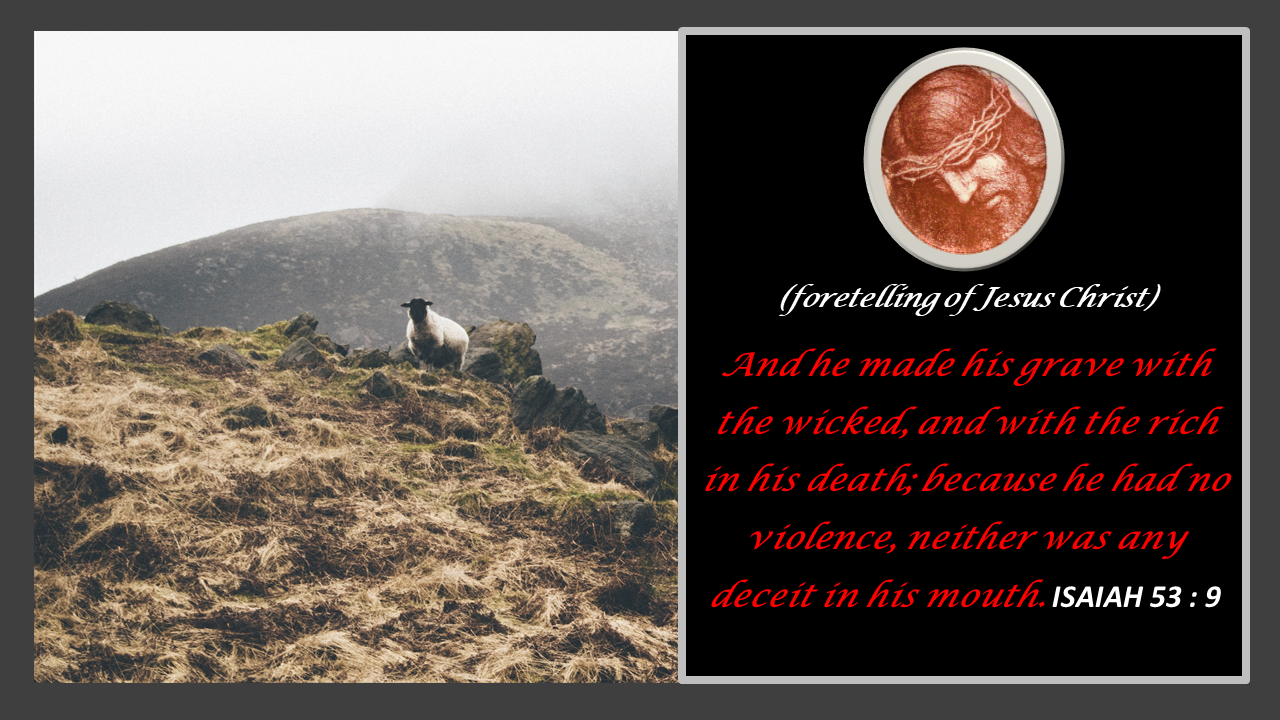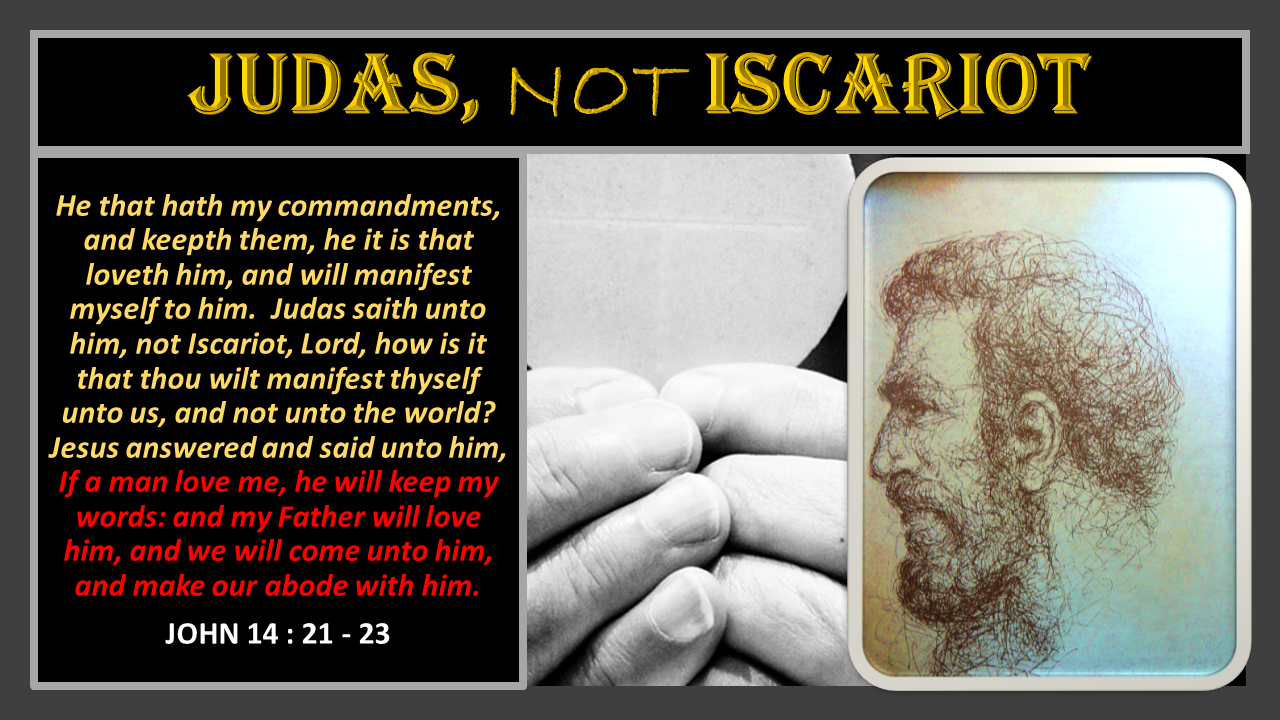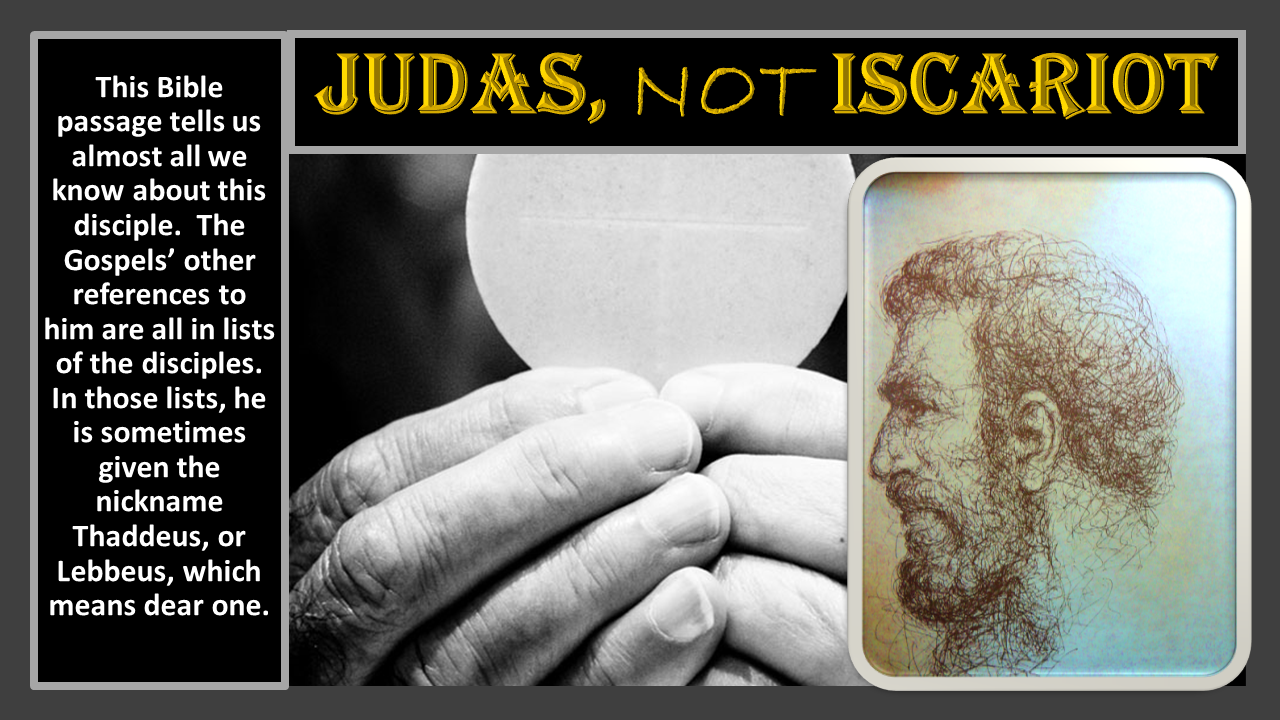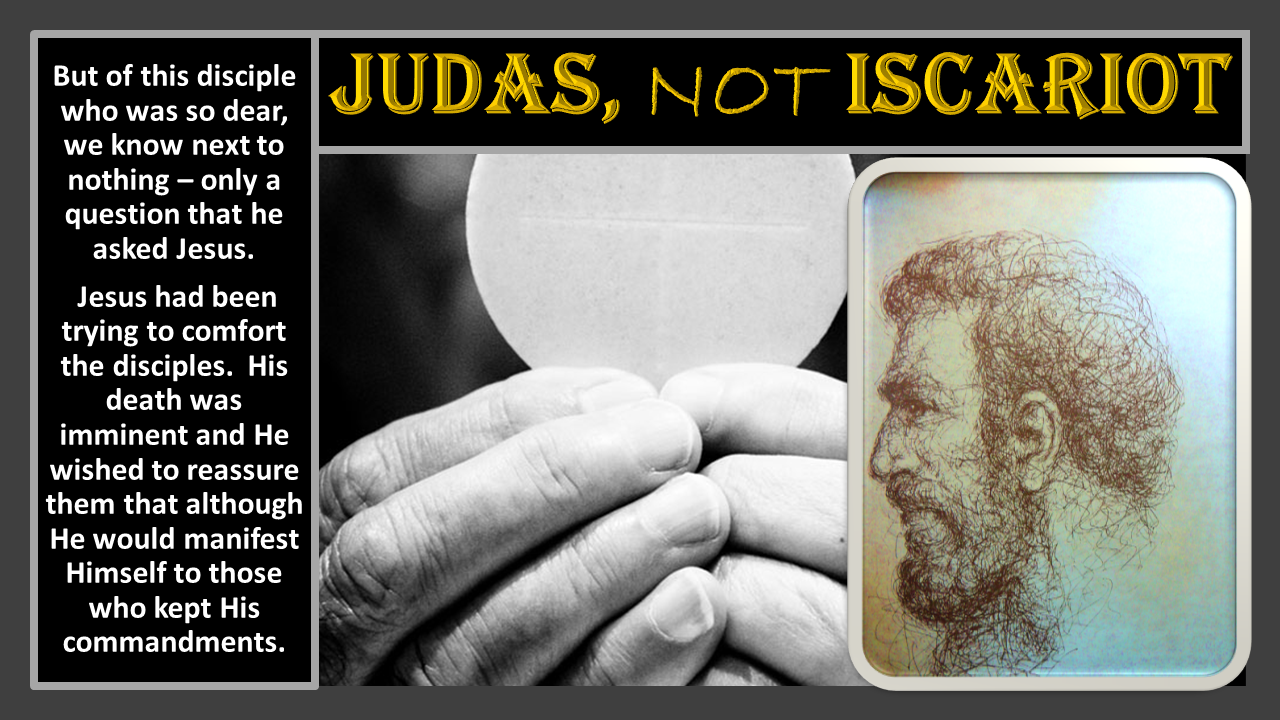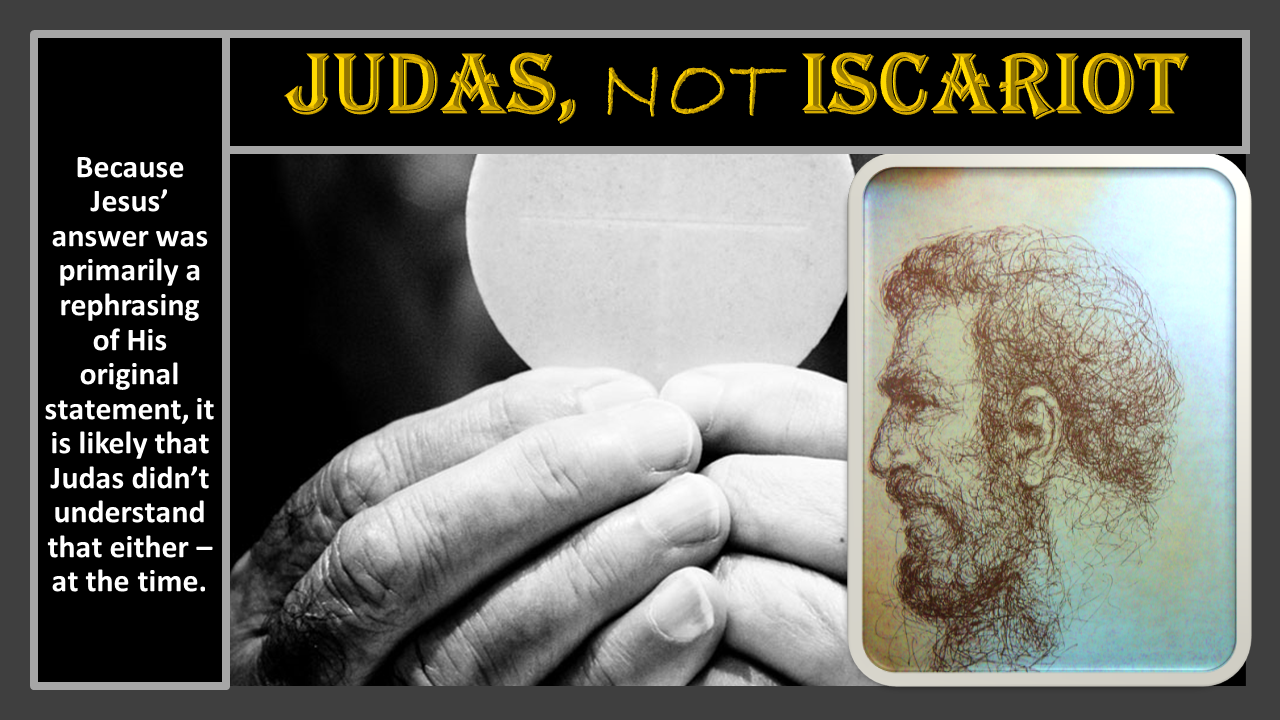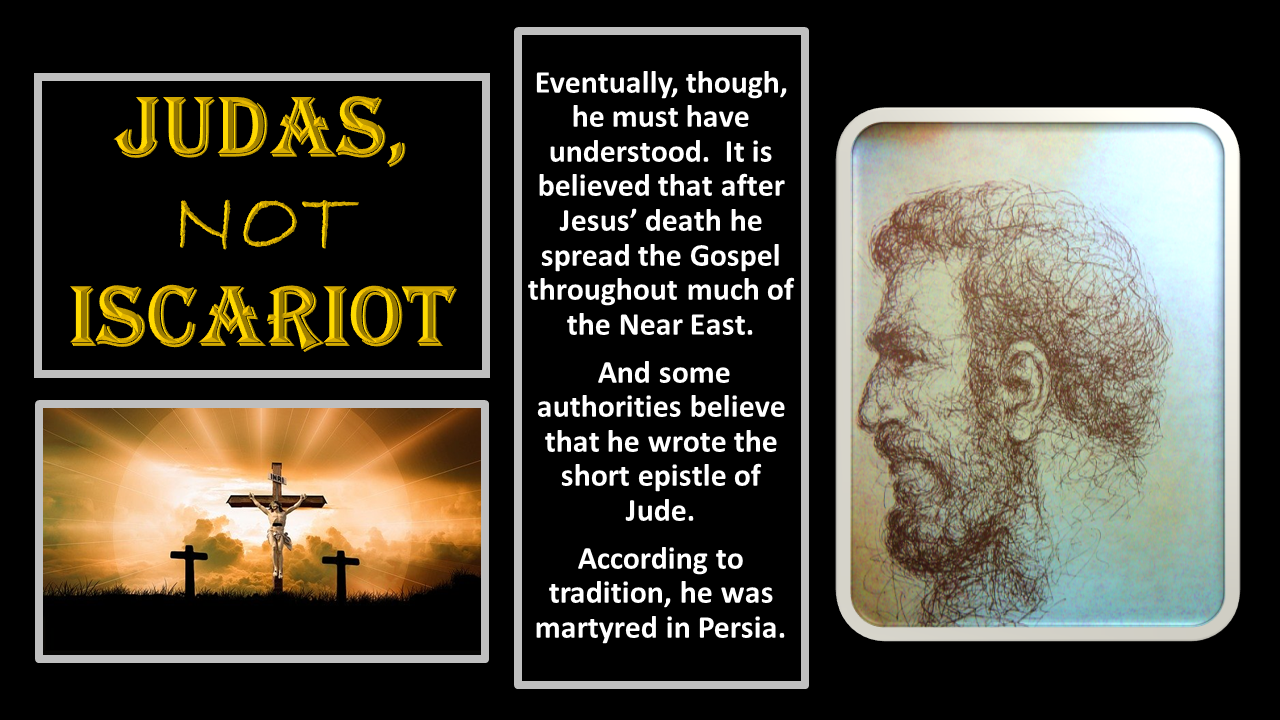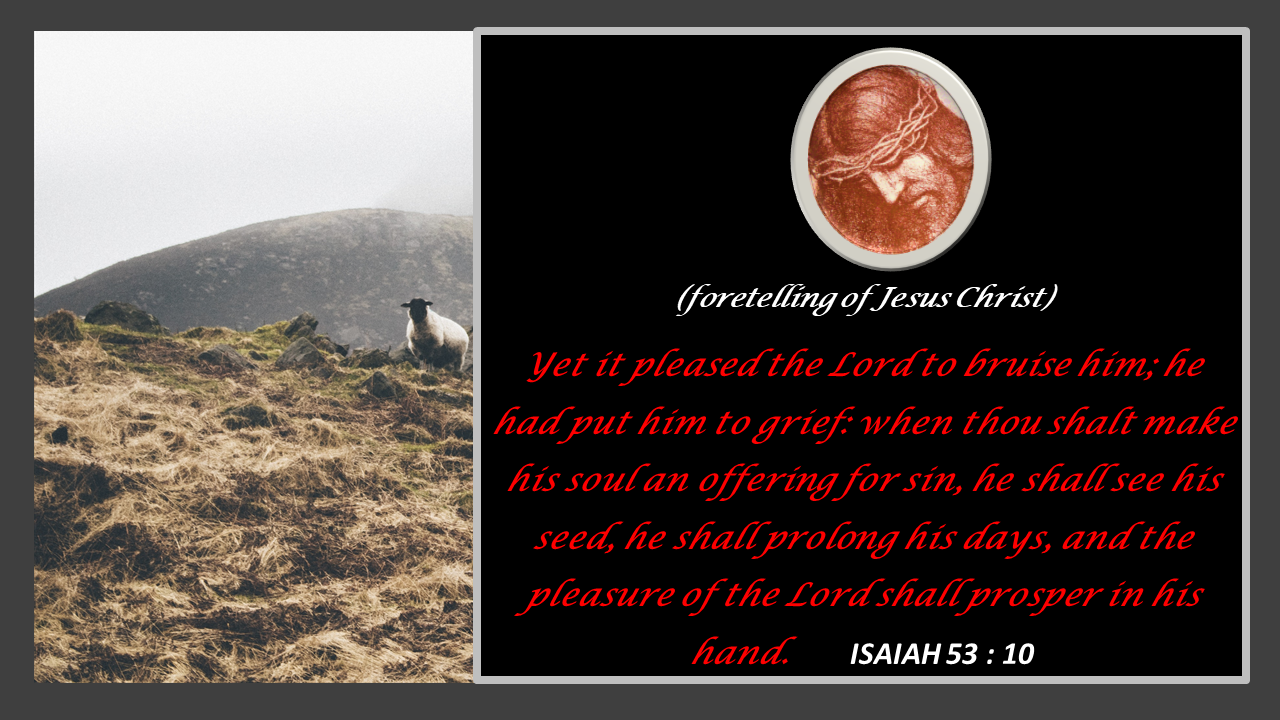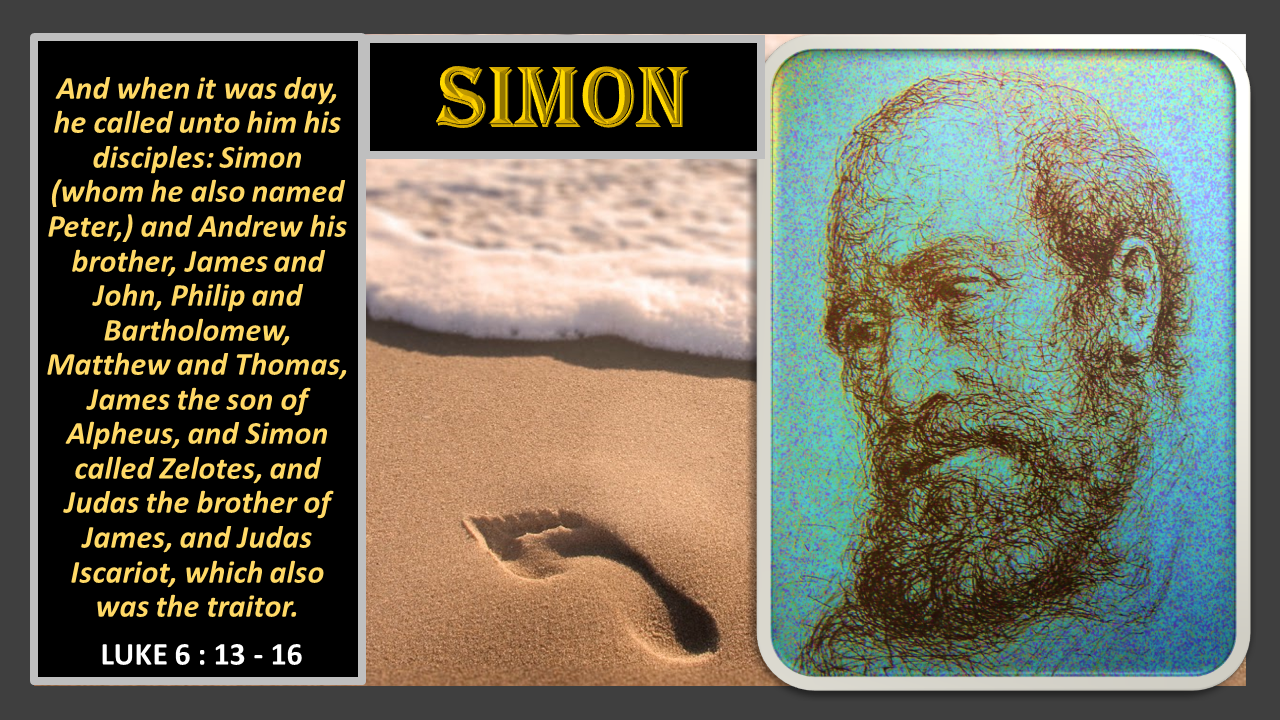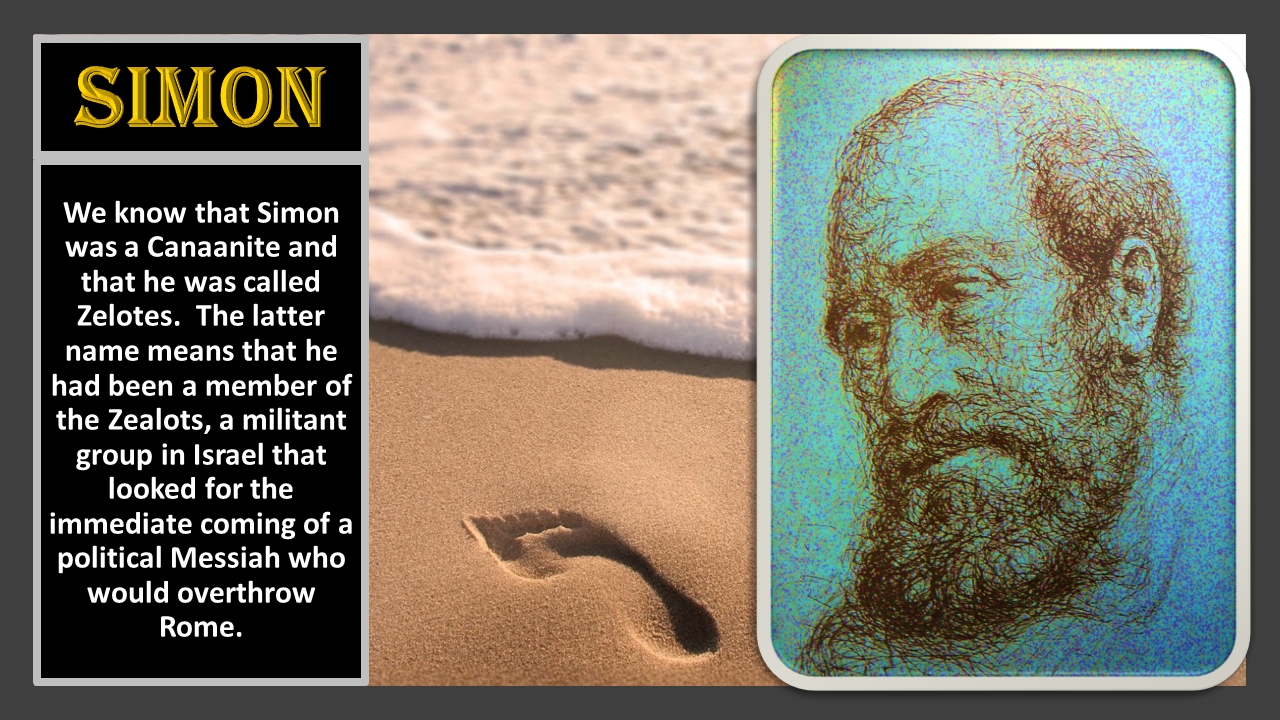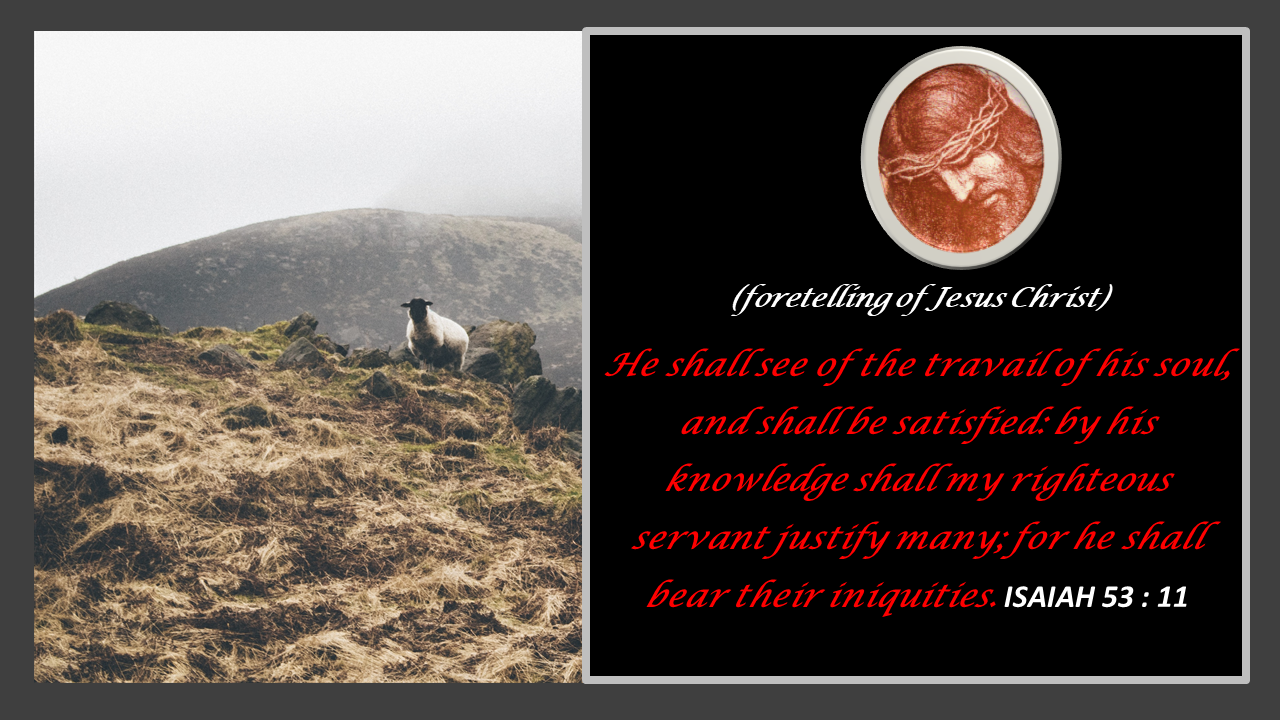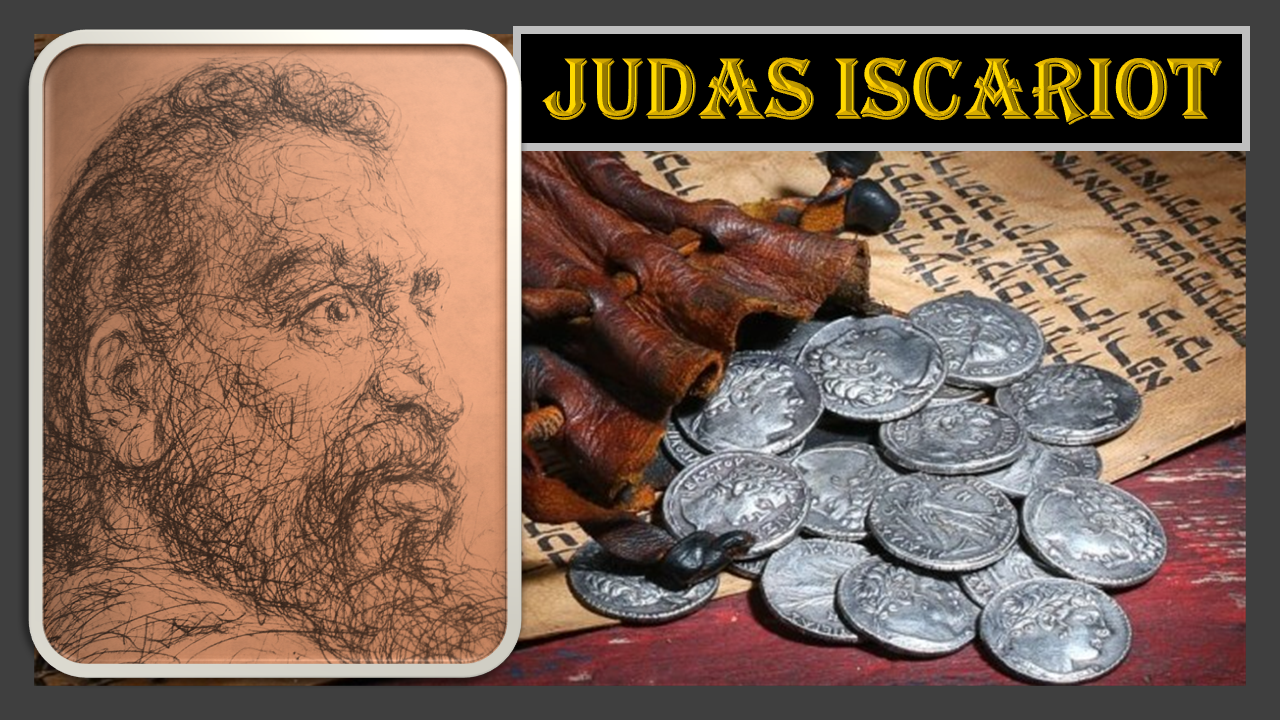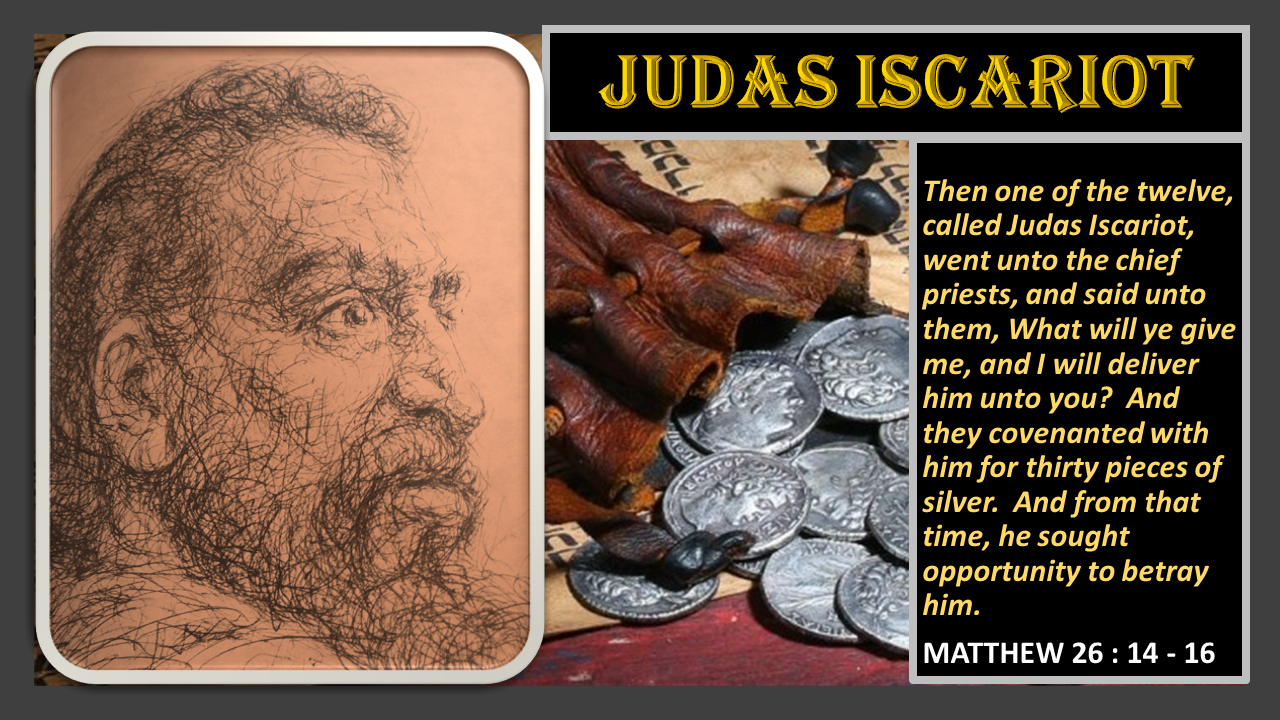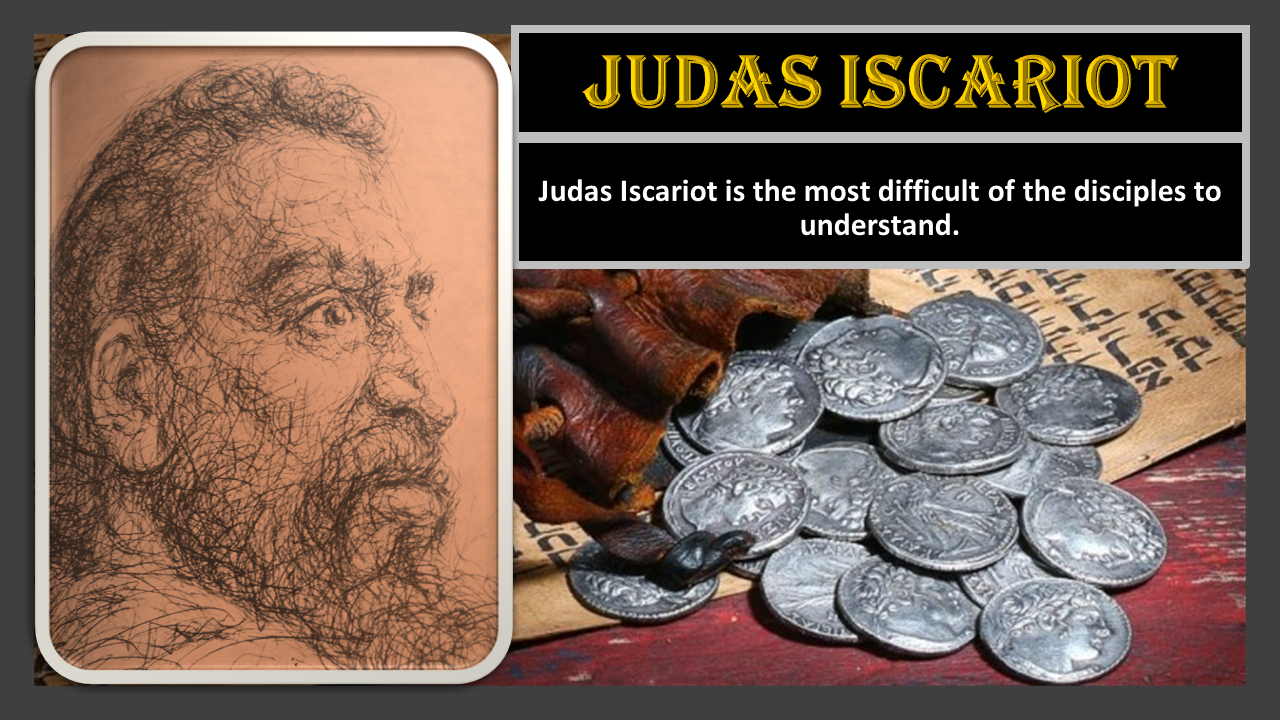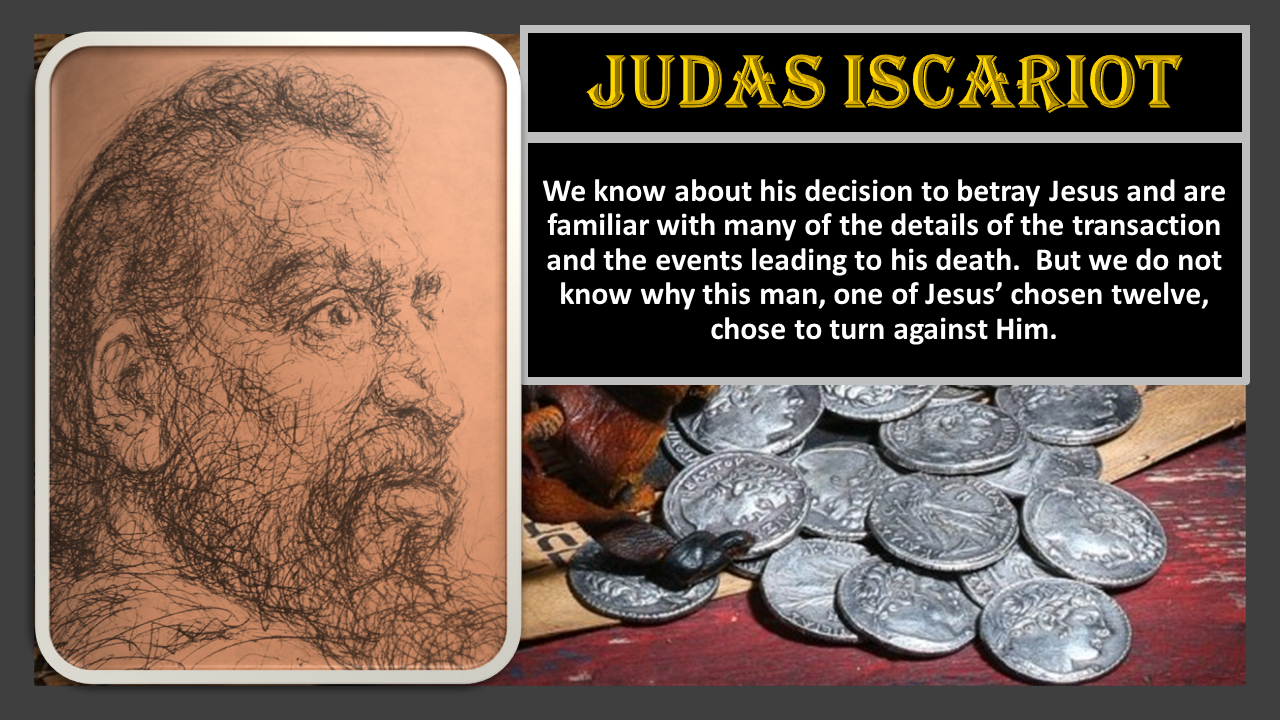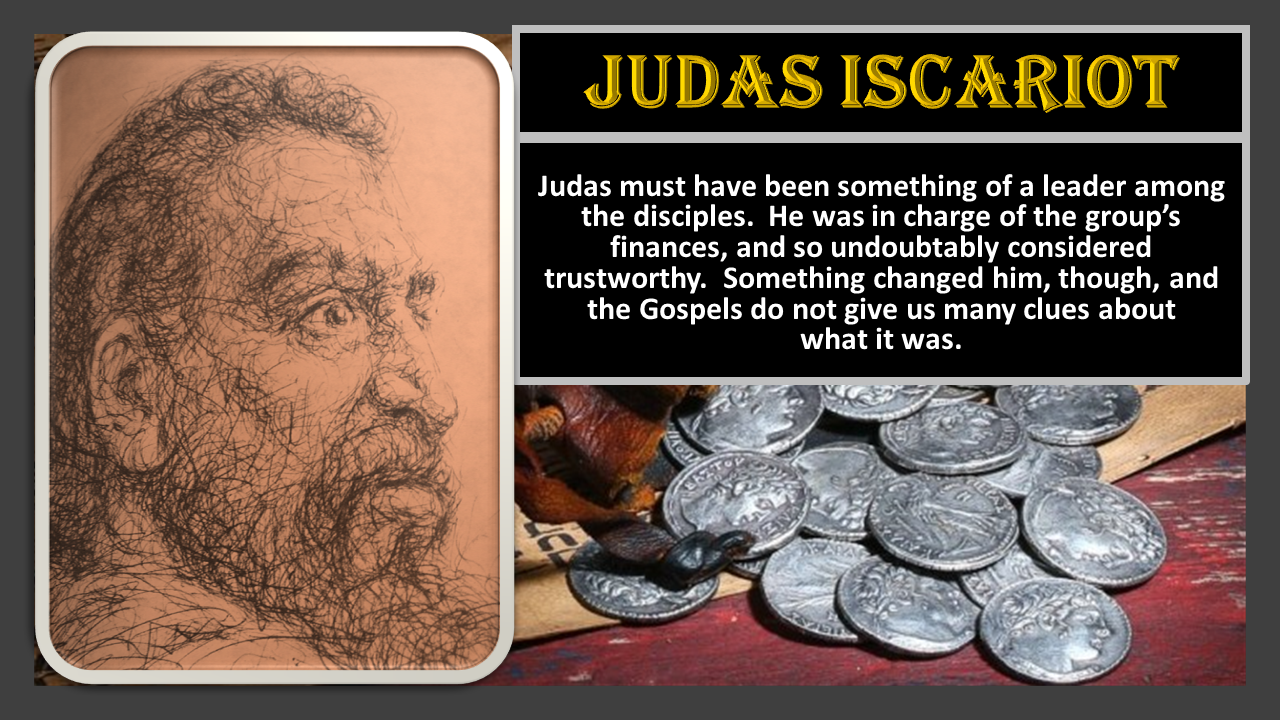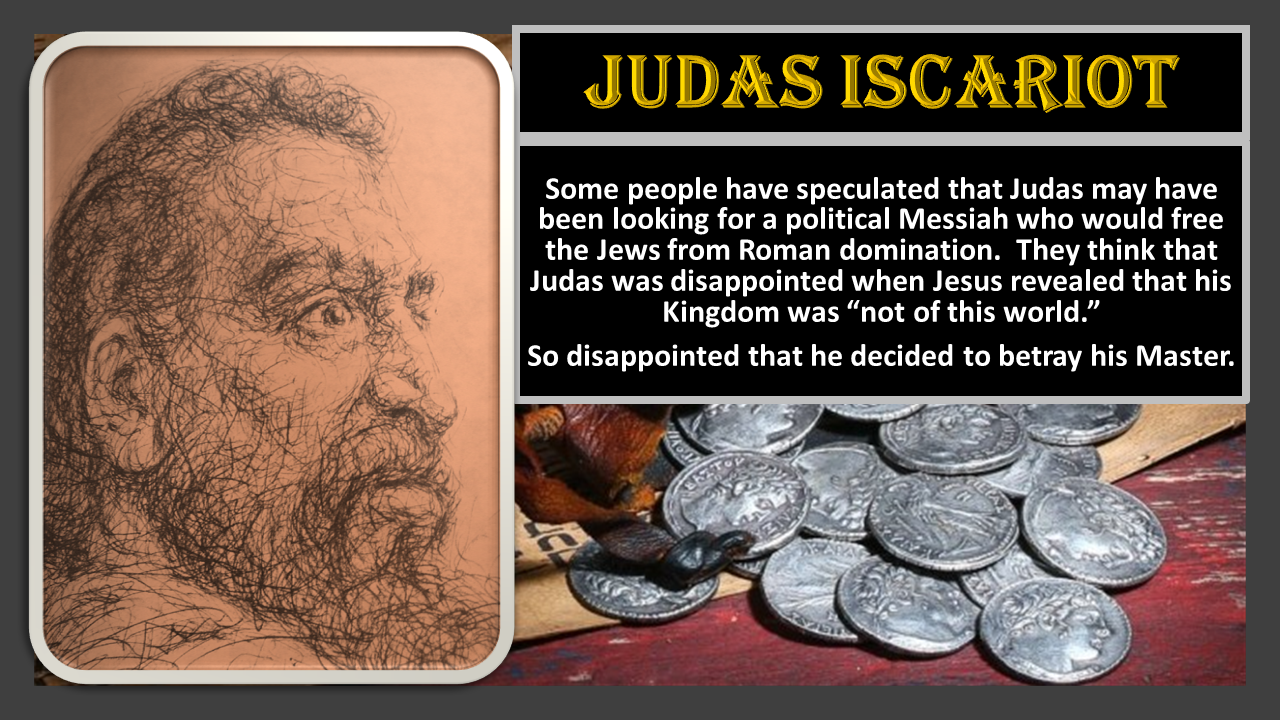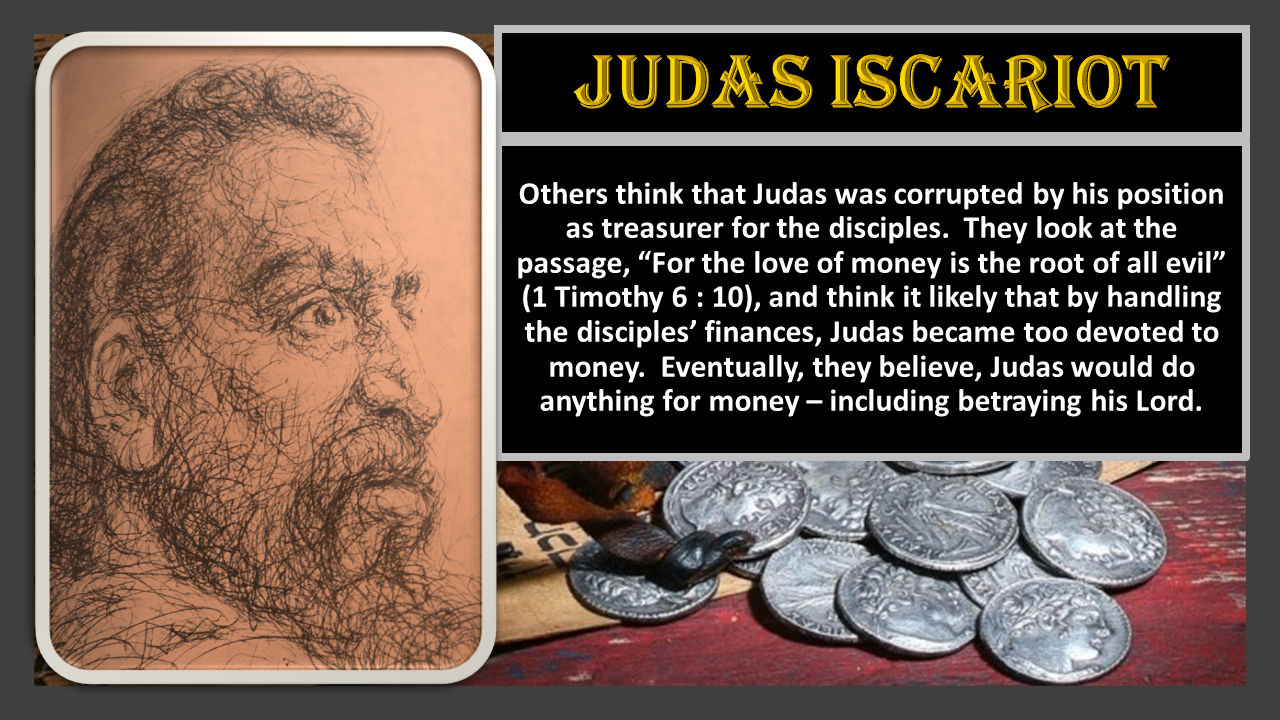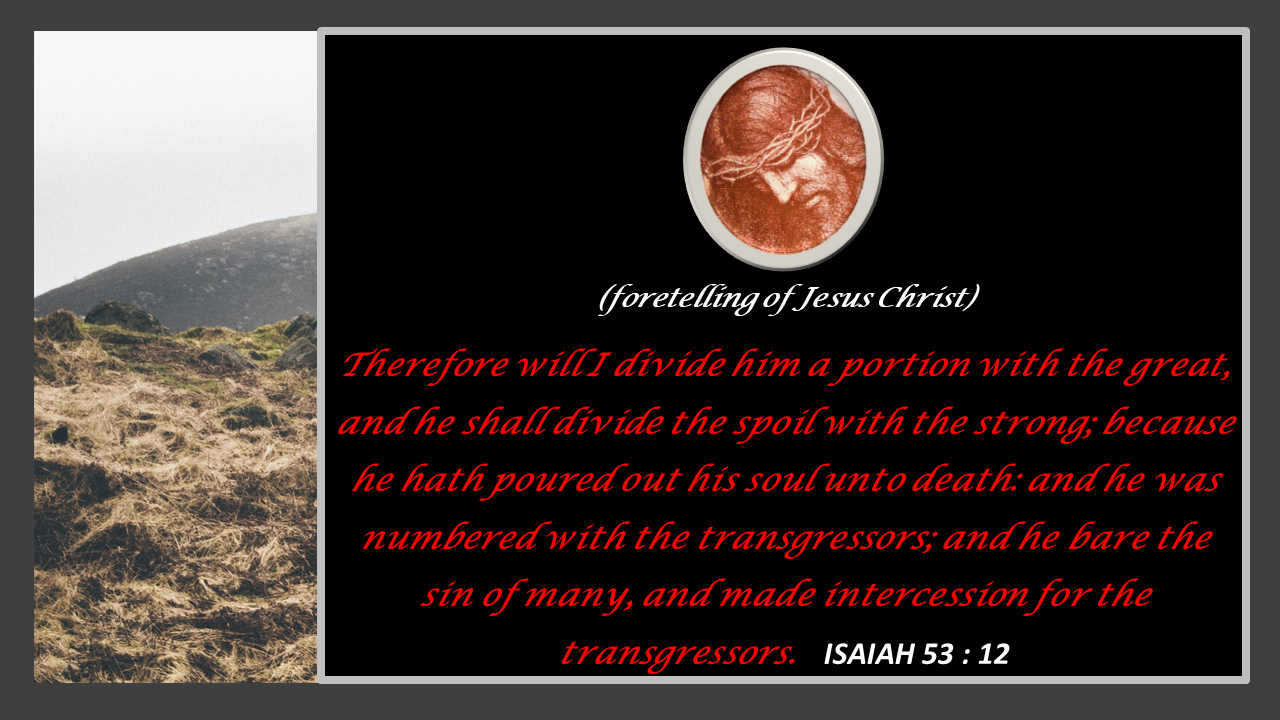Resources
| |
The Twelve Disciples
Discover more about the lives of the 12 Disciples. A new Disciple will be added every week
Click the "pause" button (bottom left of each image) to stop the images from scrolling; click the "play" button to resume the scrolling
The images change every 20 seconds but you can advance by clicking the right arrow or go back by clicking the left arrow
Click on the image to enlarge it; click "play" in the bottom left to continue scrolling on the enlarged version
Click the "x" on the top right of the enlarged image to return to the web page
Scripture is the King James Version. Jesus' words are in red
| |
Our Traditions

About the Book of Common Prayer
At The Church of the Ascension, we use the Anglican Book of Common Prayer. The following is adapted from the website of the Prayer Book Society of Canada:  http://prayerbook.ca/the-prayer-book
http://prayerbook.ca/the-prayer-book
The Book of Common Prayer has been called “the priceless possession of the Anglican Church”. Around the world, the BCP is known wherever the Anglican Church took root. Versions of the BCP (or simply “the Prayer Book” are used in over fifty countries and have been translated into 150 languages. In Canada alone, it is available in French, Inuktitut, Mohawk and Cree, as well as in English. The 1962 Canadian revision of the BCP is the official prayer book of the Anglican Church of Canada.
Why so much interest in a book? The reason is that the Book of Common Prayer, refined in the crucible of the Reformation in England, is a system of Christian devotion almost without peer. The first Book of Common Prayer was compiled in 1549, after the Church of England had repudiated the legal jurisdiction of Rome. The aim of Archbishop Thomas Cranmer and his collaborators was to streamline and condense the Latin service books of the medieval Church, and to produce in English a simple, convenient and comprehensive volume as an authoritative guide for priest and people – hence the name “Book of Common Prayer”. They did not wish, like some of the radical Protestant churches, to discard the liturgical heritage of the western Church and start afresh, but to prune away non-scriptural accretions and to produce a book of worship that would reflect more clearly the Christianity of the Bible and the early Church.
The result was a book of scrupulous fidelity to the teaching of the original undivided Church and to Holy Scripture. It remains the standard of doctrine and worship of almost the whole of the worldwide Anglican Communion to this day. It is also a book of matchless beauty of language, which has nourished countless generations of Anglicans spiritually and devotionally. The Prayer Book has come to be recognized as a liturgical classic, and is widely admired by Christians of other denominations.
Essentially, the Prayer Book is a book of worship. It includes the Offices – services of morning and evening prayer to be said every day – along with tables for reading through the Bible yearly as a part of these services – and the Psalms, as appointed to be read through monthly as a part of the offices. It also contains the forms for administering the sacraments and other rites and ceremonies of the Anglican Church:Holy Communion (along with the Collects, Epistles, and Gospels used at Communion and other services), Baptism, Matrimony, and Burials, and the ordination rites. Also found in the Prayer Book are a number of other services and prayers for specific occasions or needs, such as the Litany, the prayers for the sick, and prayers for use at sea. Finally, the Book of Common Prayer includes official doctrinal statements, both Christian and specifically Anglican, such as the Creeds and the 39 Articles of Religion.
The Book of Common Prayer is not only of interest for students of Anglicanism, since it has played an important role in the life of the English speaking world more generally. Along with the King James Bible and the greatest works of English literature, the Prayer Book has been central in shaping the culture and thought of the English-speaking world.
The Lord's Supper
We celebrate The Holy Eucharist at every scheduled service. The sacramental bread appears as an unleavened wafer. We drink wine from a common cup as a strong symbol of unity and our willingness to accept each other. We do not practice intinction (dipping) of the wafer into the consecrated wine.
Healing Service
On the last Wednesday of every month, we follow The Lord’s Supper with a short healing service for those who are in need of God’s healing power. In this service, our clergy lays hands on each person while saying a prayer. This is followed by anointing with holy oil those who wish to be anointed. The priest will also visit those who are sick in hospital, or shut in at home to pray the healing service. Such visits may also allow the administration of Holy Communion to people who can and wish to receive it.
Baptismal services
Baptisms are offered as needed, using the service beginning on p523 in the Prayer Book. We prefer to conduct baptisms on Sunday, unless an emergency requires otherwise. Since Baptism is an important sacrament, we require adequate notice so the Rector has time to instruct the parents and Godparents. We do not charge fees for a baptism. However, donations are gratefully accepted
Confirmation
In the Anglican tradition, as in other parts of the Body of Christ, Confirmation of Faith is the customary adjunct to baptism. The service requires the laying on of hands by the Bishop following a period of spiritual preparation and study into certain aspects of the faith. Confirmation services require considerable time to be arranged
Marriage services
Marriages are offered as needed, using the service of Holy Matrimony beginning on p. 573 of the Book of Common Prayer. We take marriage very seriously, as a lifelong Christian commitment:
1. We require the parties to meet the priest, or someone appointed by him, for instruction about Christian marriage;
2. At least one person in the couple must be baptized. If neither is baptized, we strongly encourage one or both to be baptized before the marriage, and to seek
confirmation afterwards;
3. We need at least one month’s notice so that the banns can be read on each of three Sundays before the marriage;
4. If either party has been married before and divorced, they must seek permission from our Bishop.
We do not charge fees for marriage ceremonies, but once again a donation would be welcome.
The Burial Office
This office begins on p. 591 of the Book of Common Prayer. Experience has shown that this service reaches the hearts of those present in truly wonderful ways. Consequently, unless otherwise approved in advance by the Rector, we discourage additions, such as testimonies by family and friends. These can more appropriately be given at a reception afterwards. We recommend that we are called in time to pray with and to give Holy Communion to those communicants who seem to be close to death. After the burial, at a time agreed with family and friends, we offer a full requiem, including Holy Communion, to those communicants who request it.
